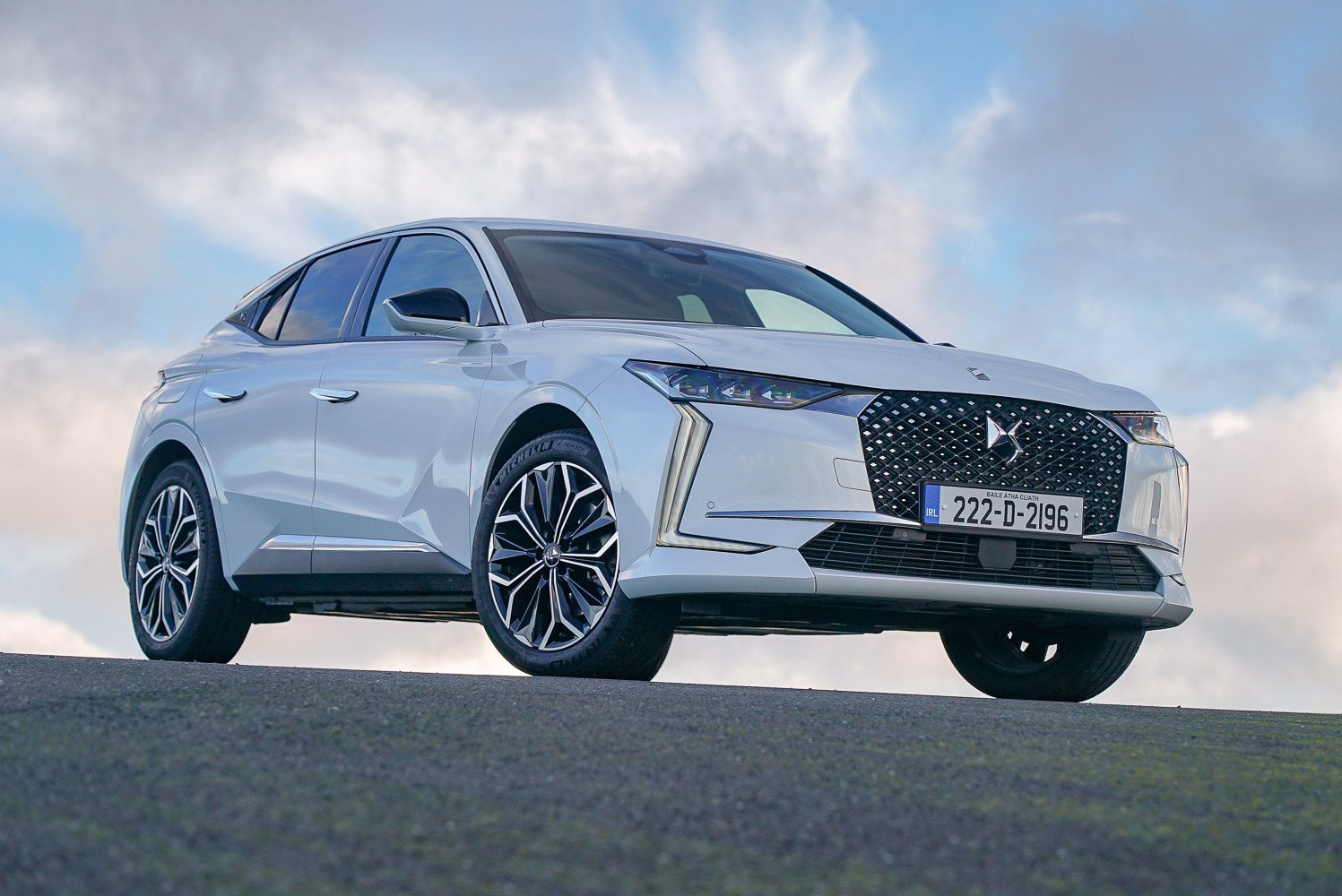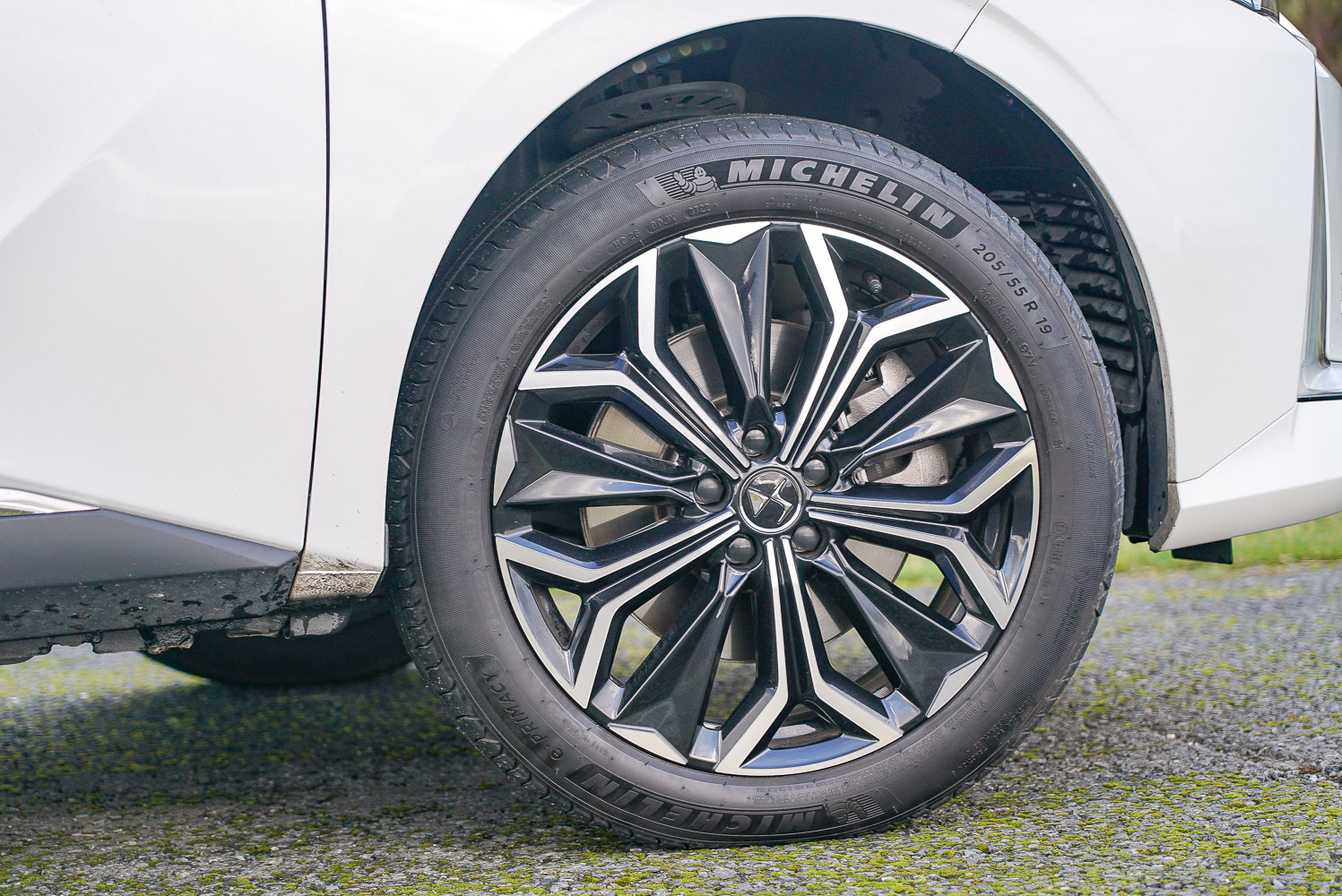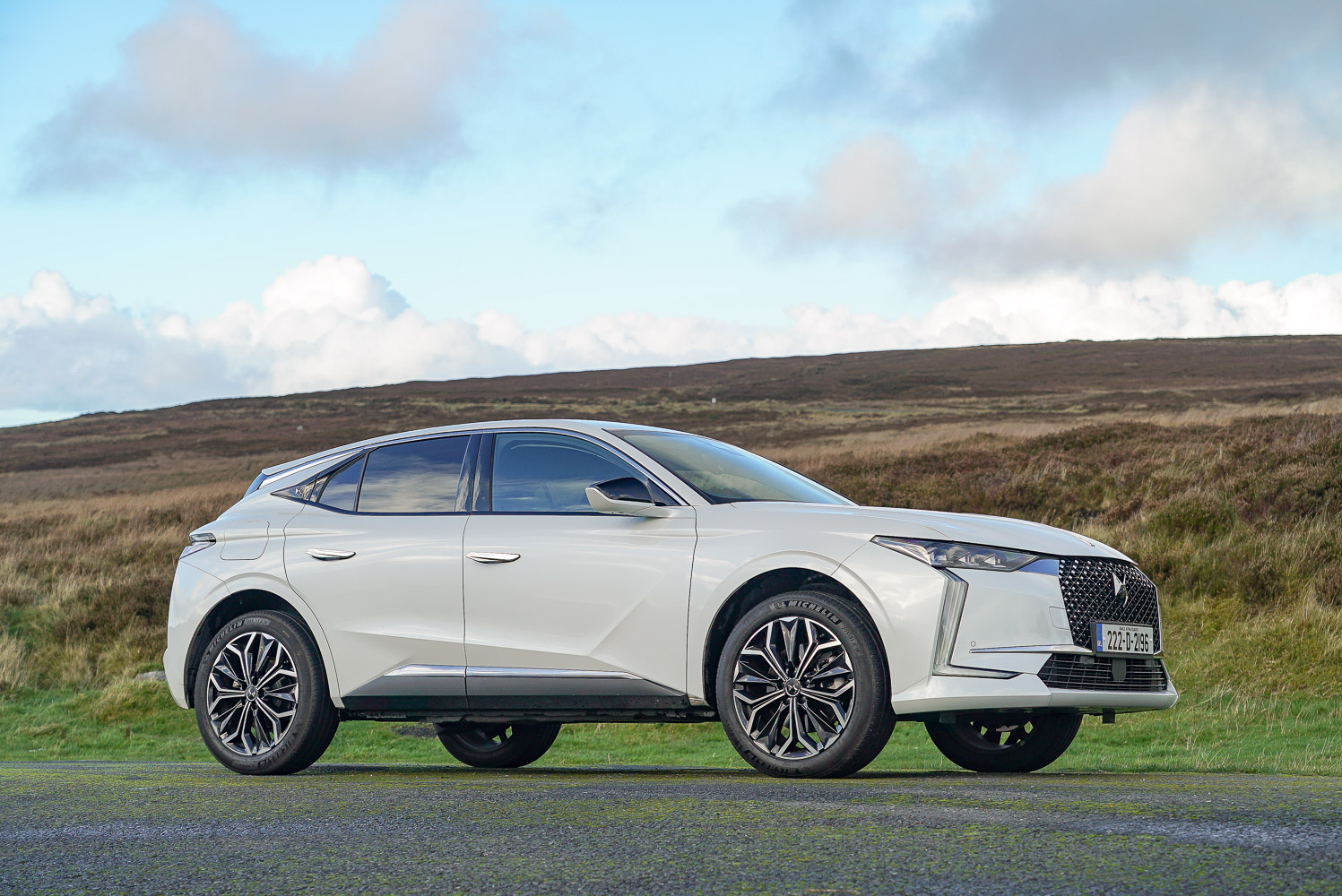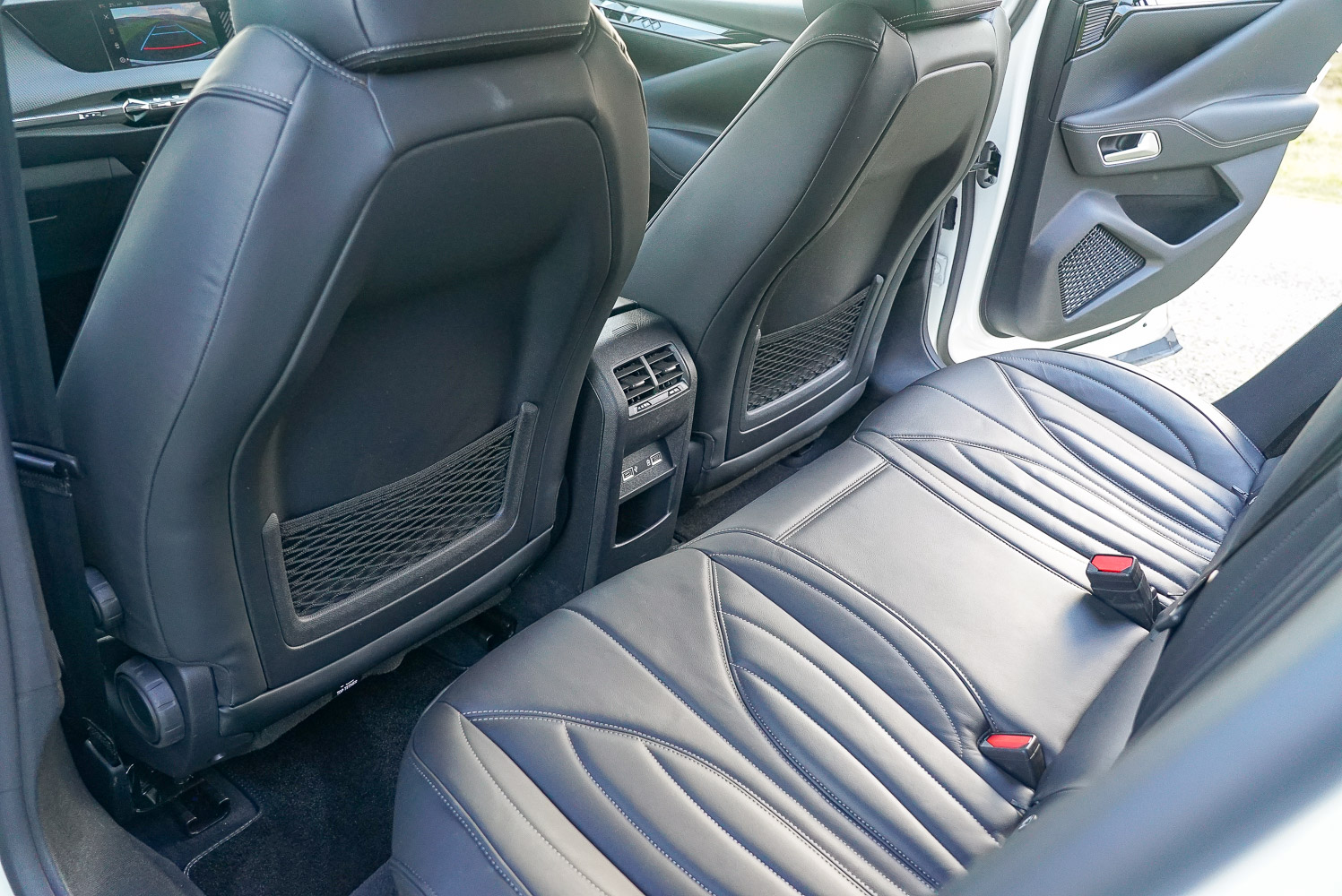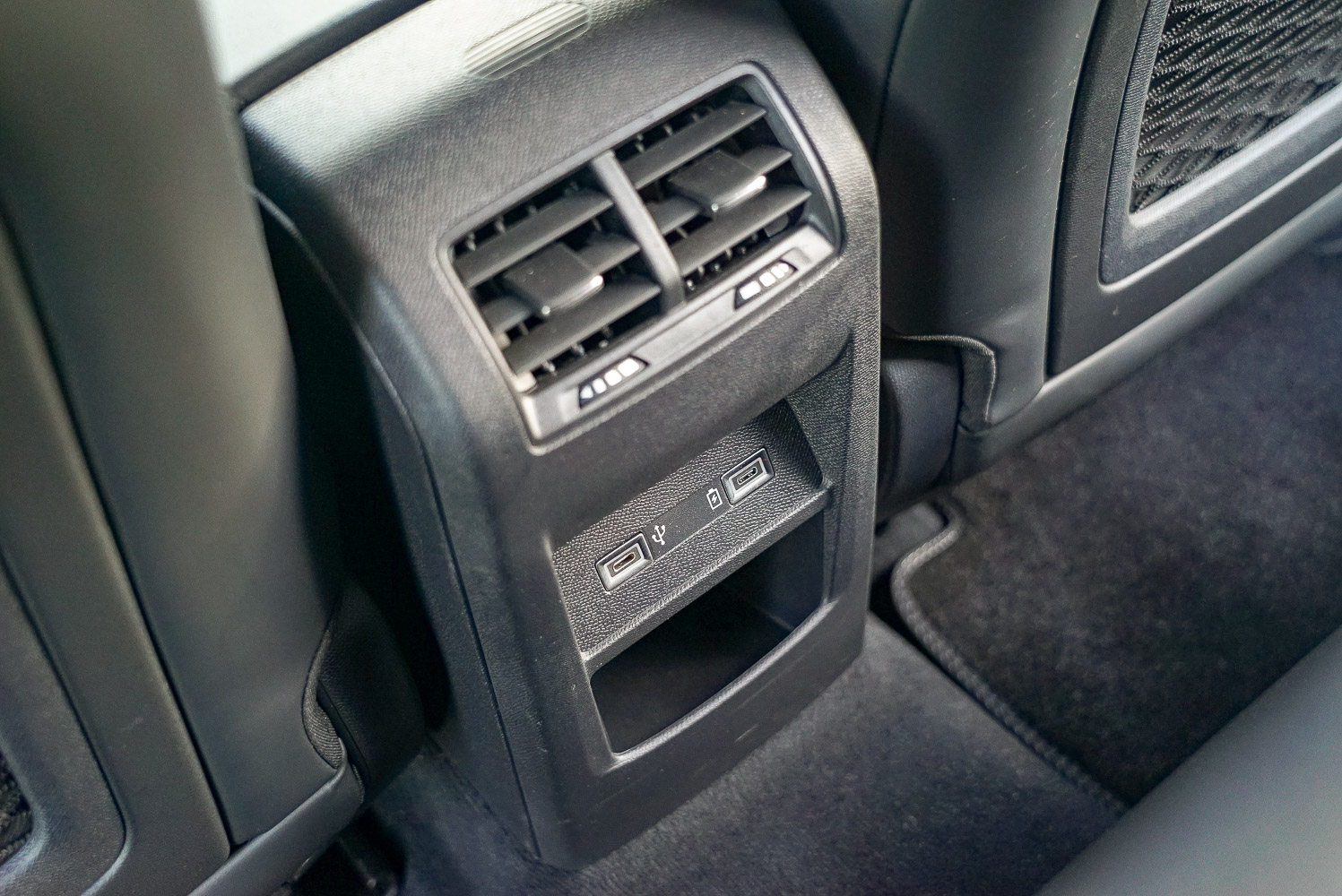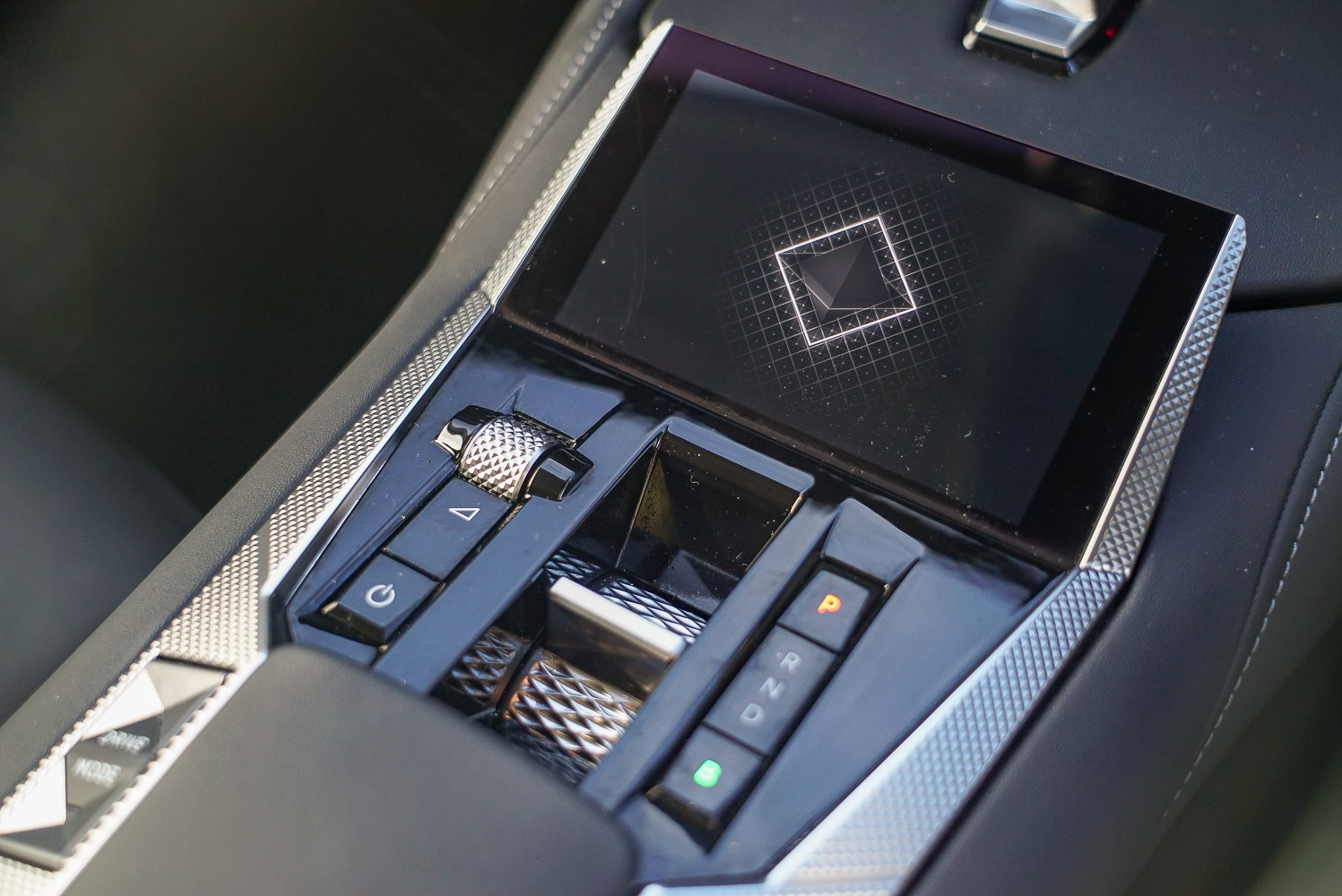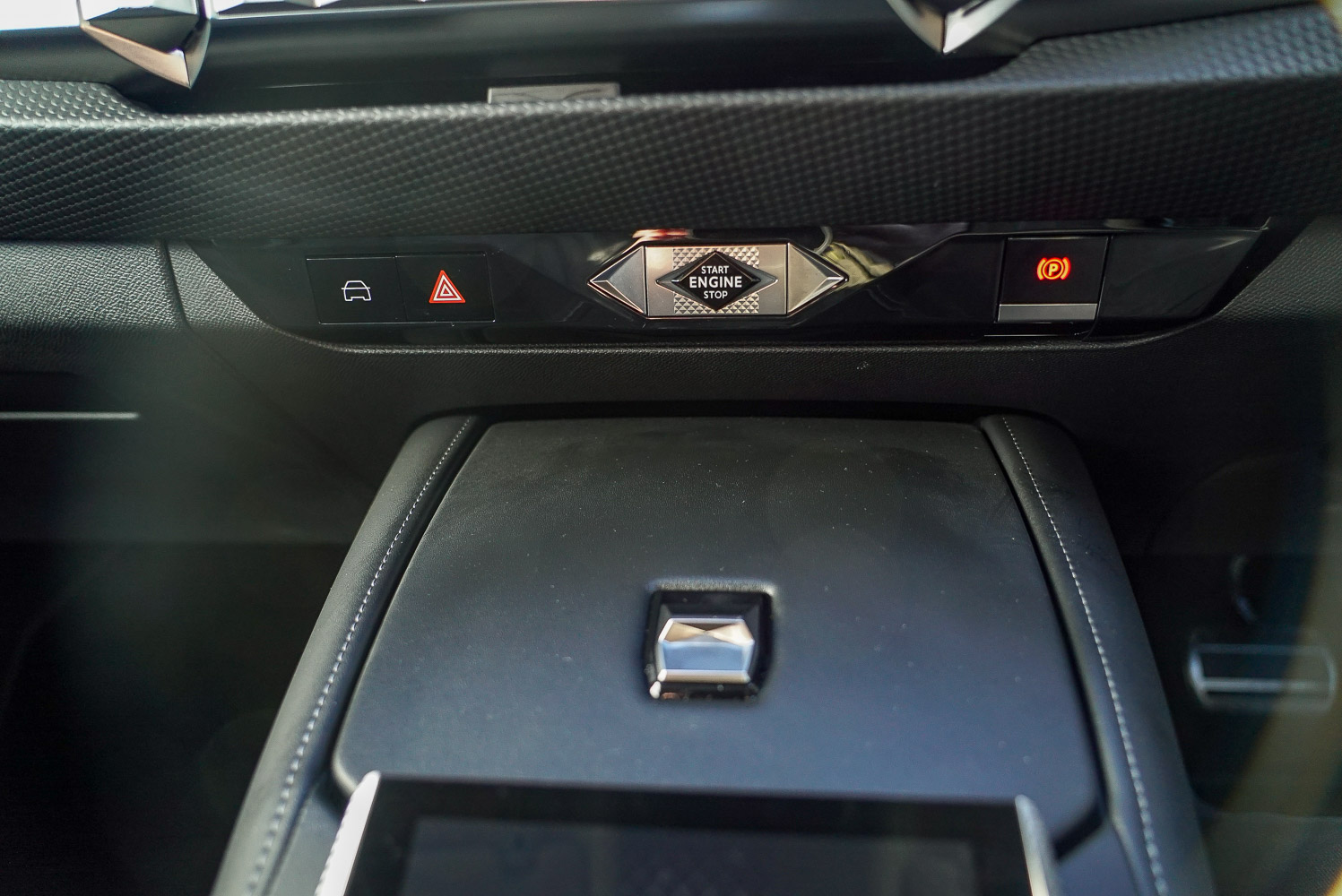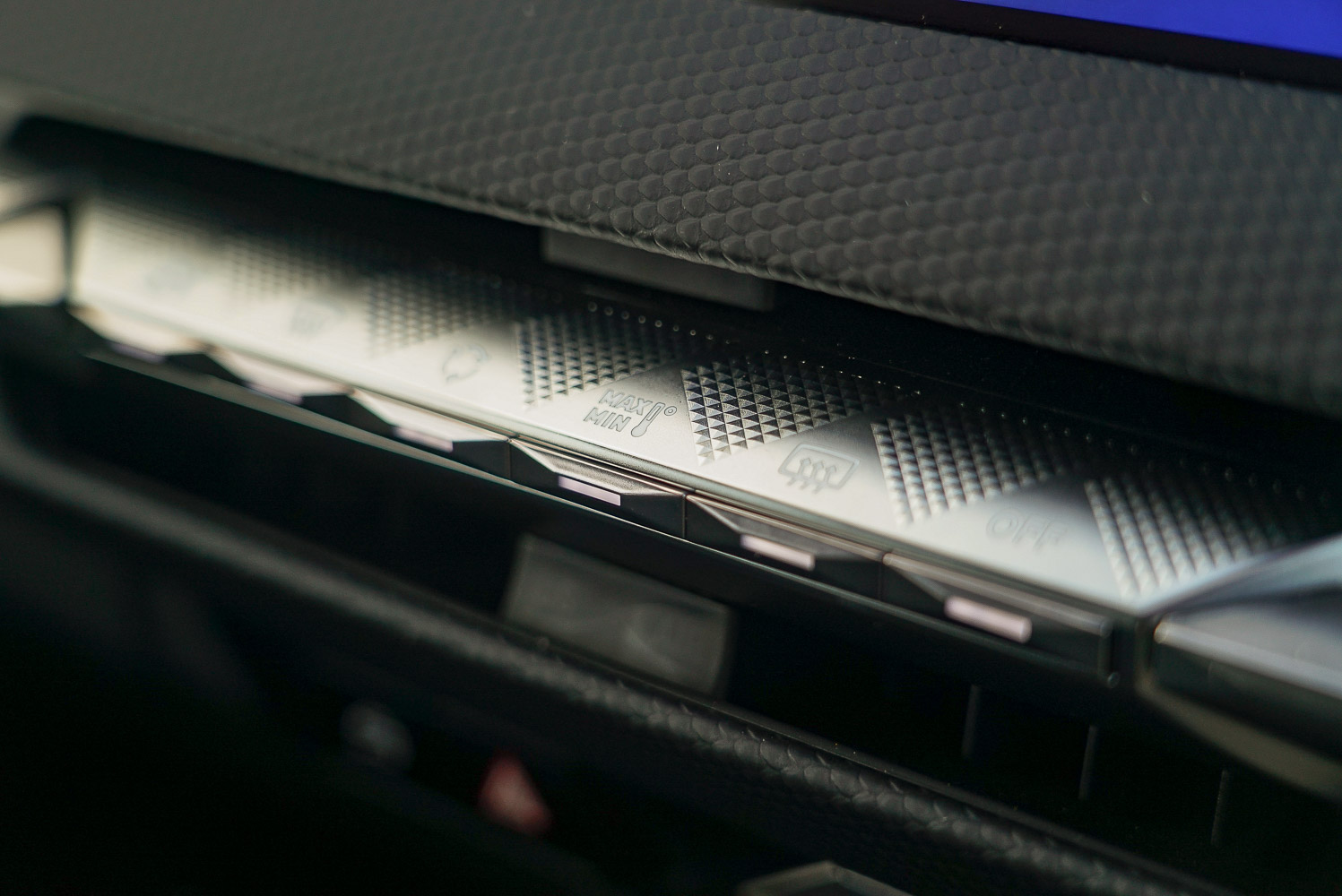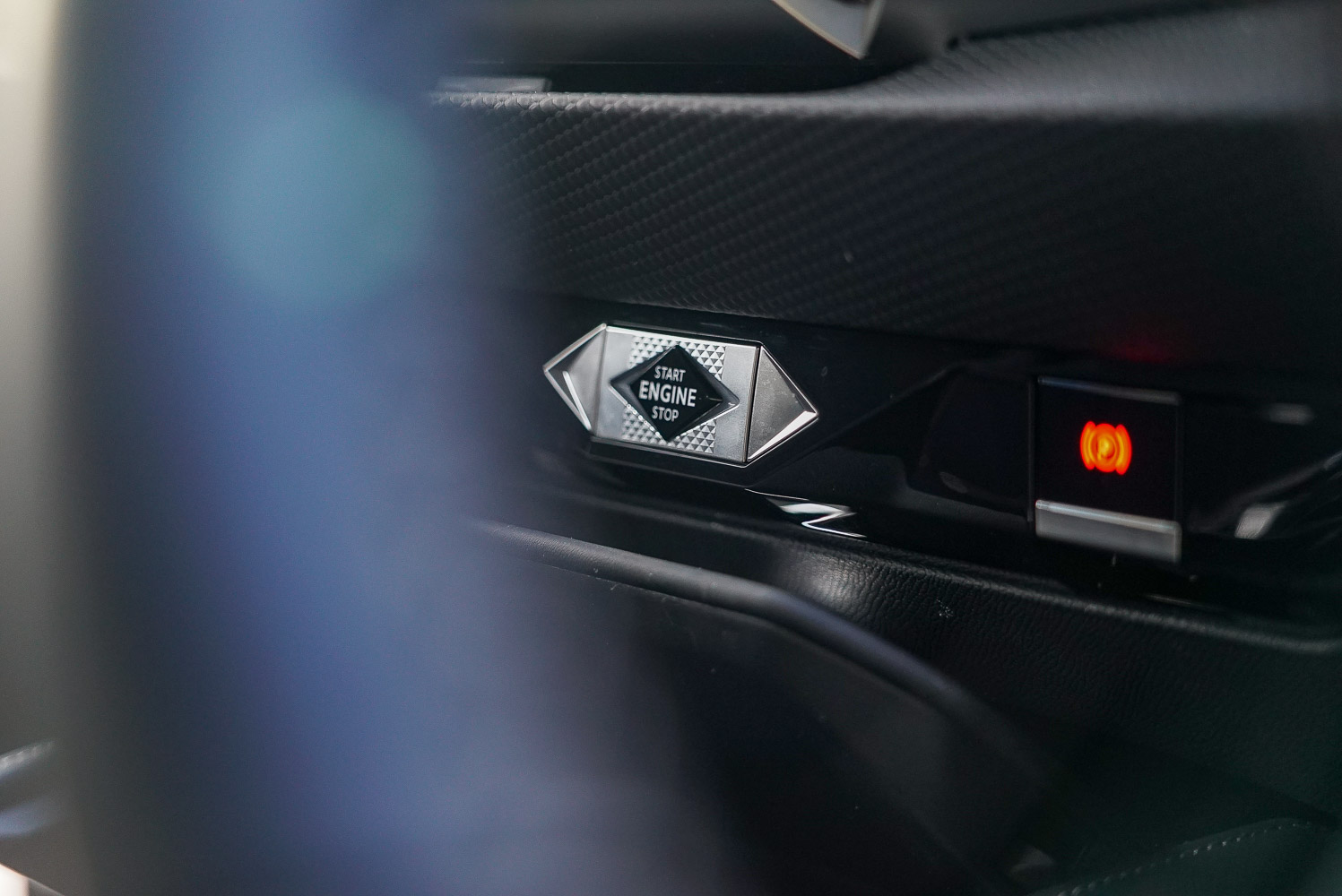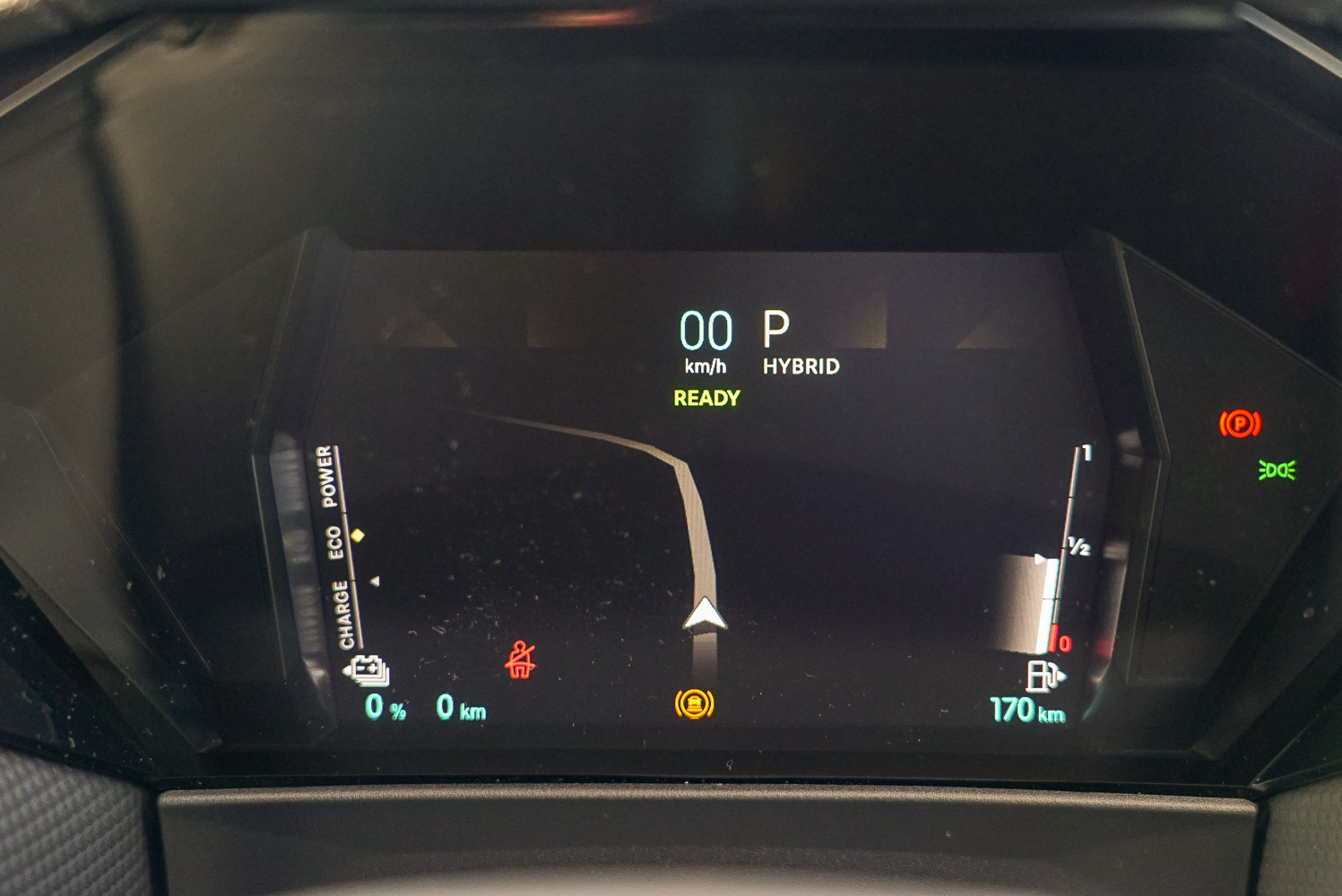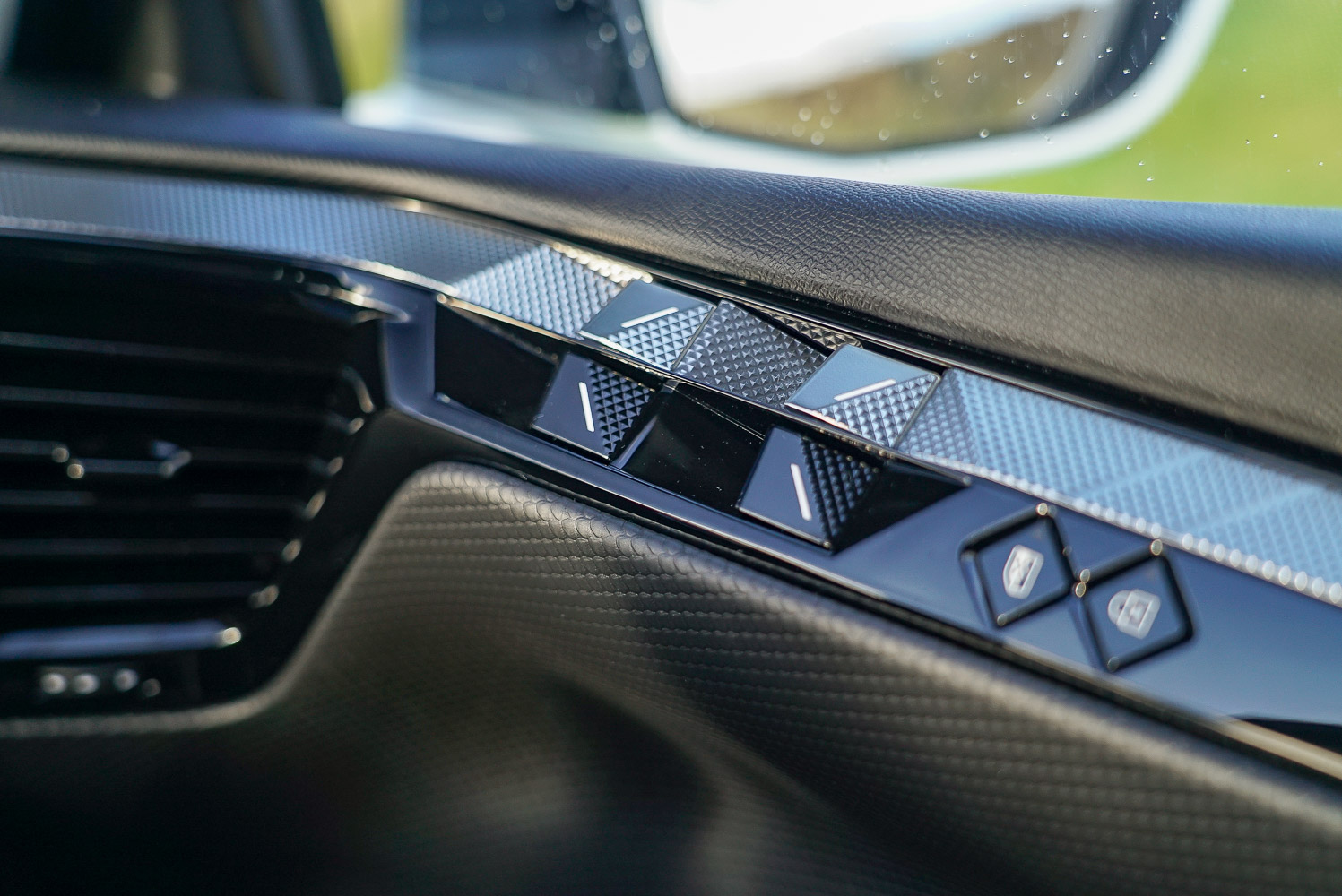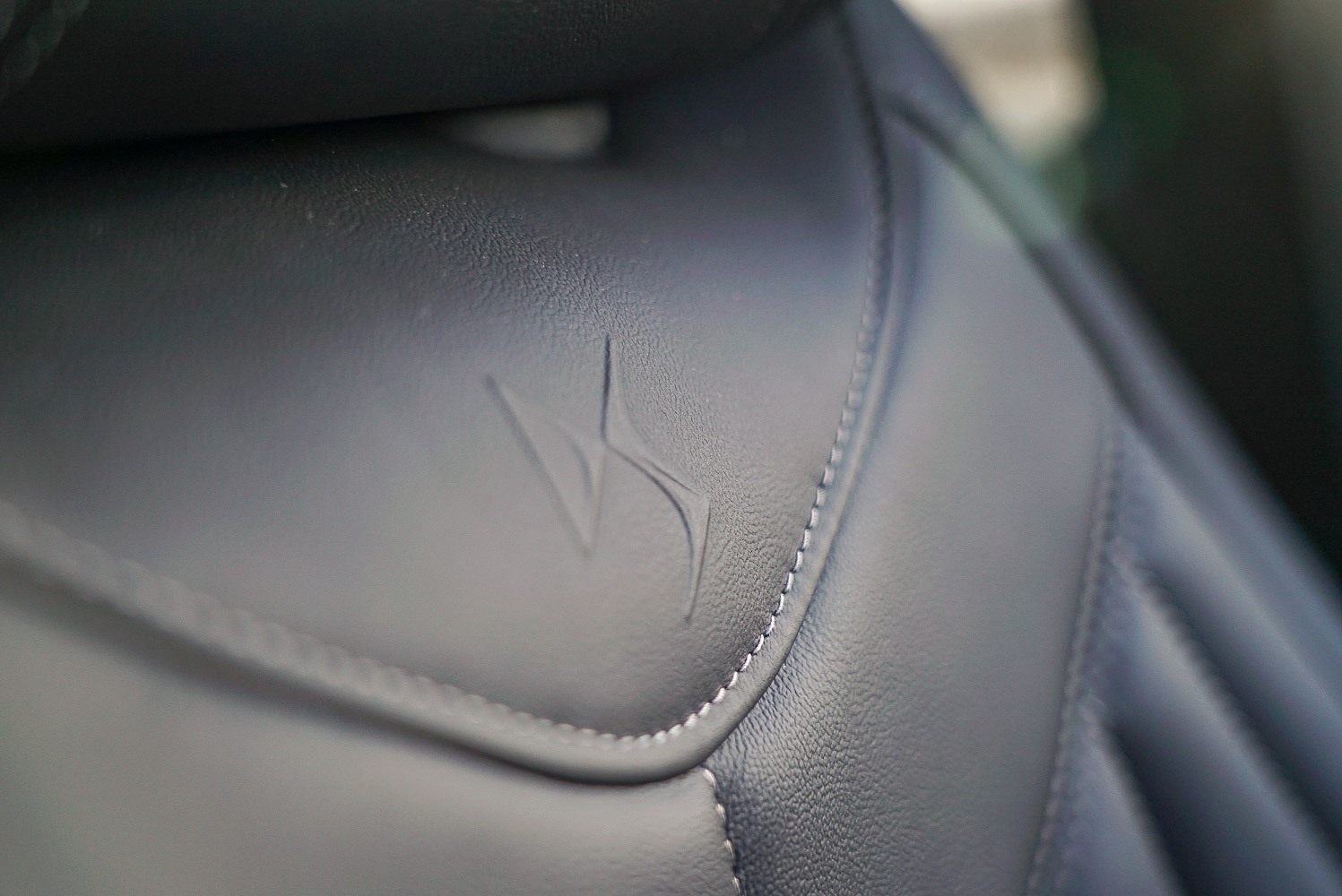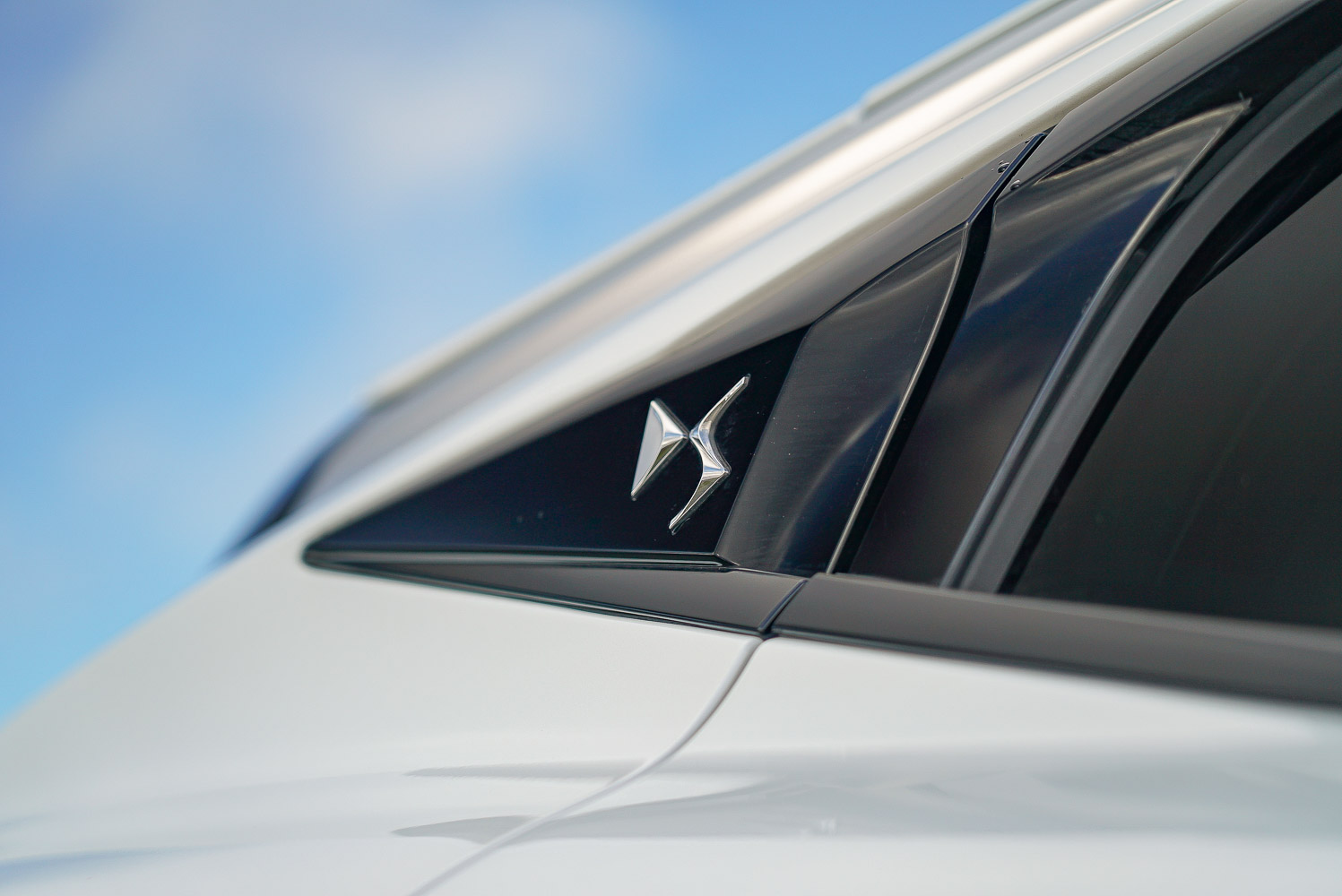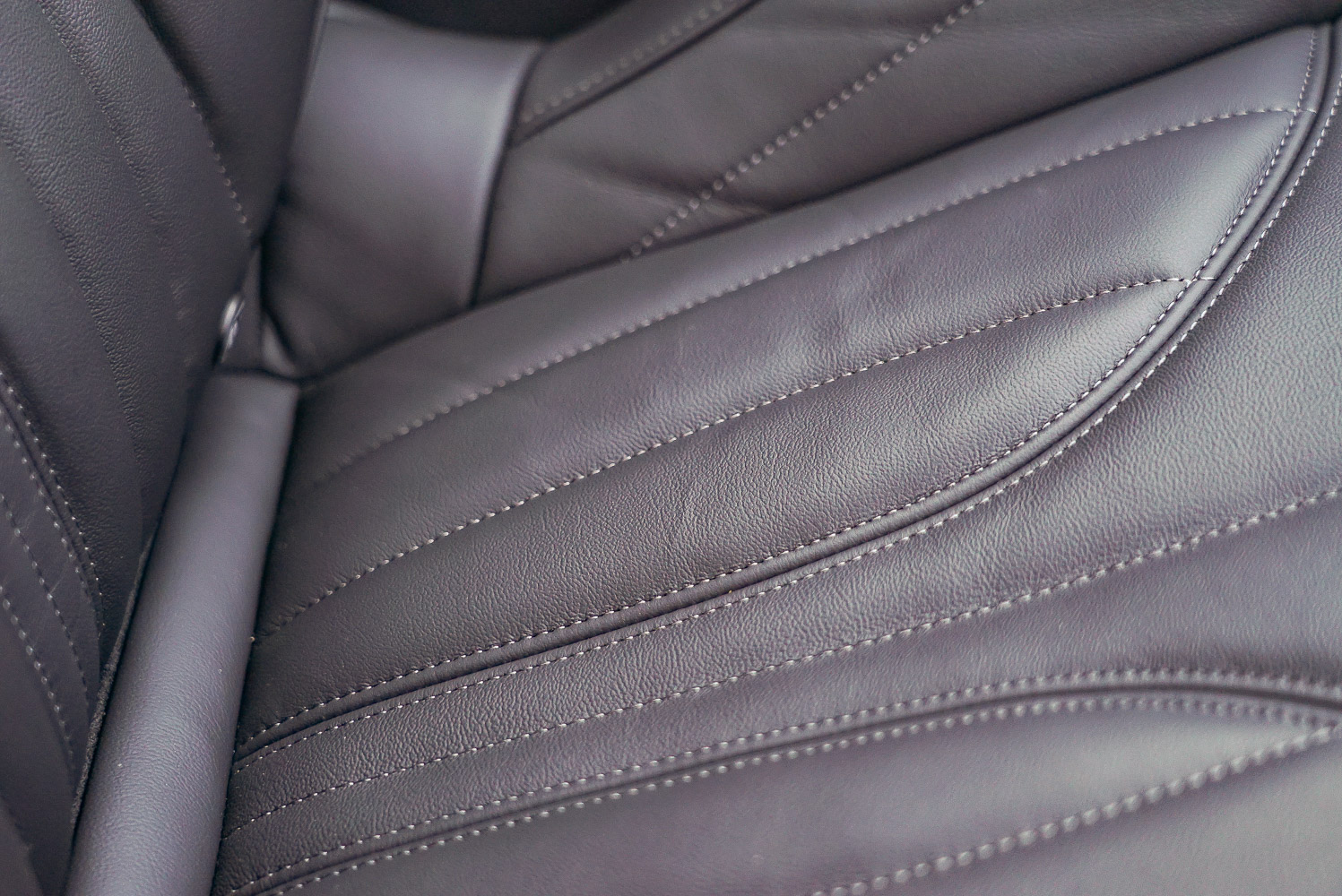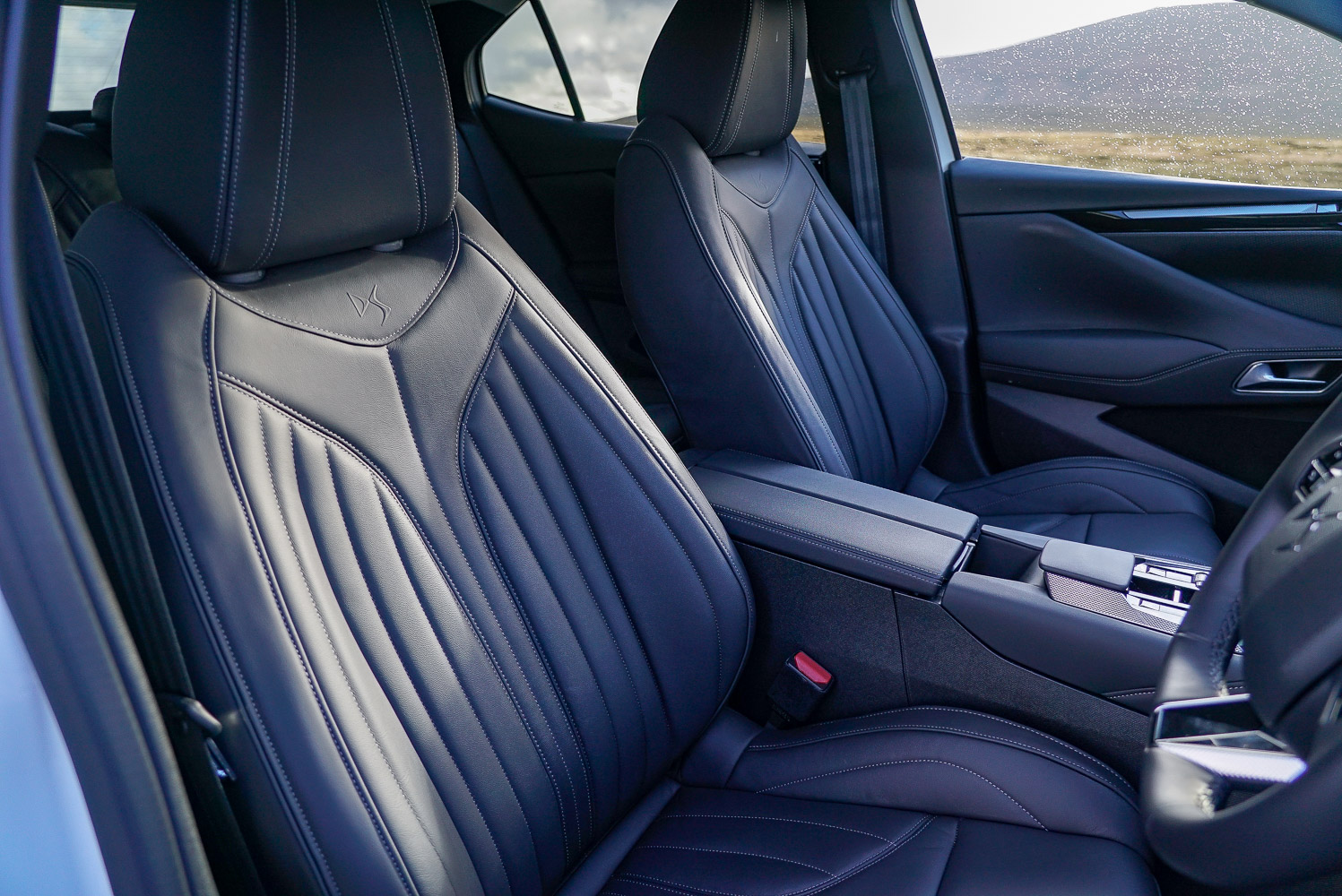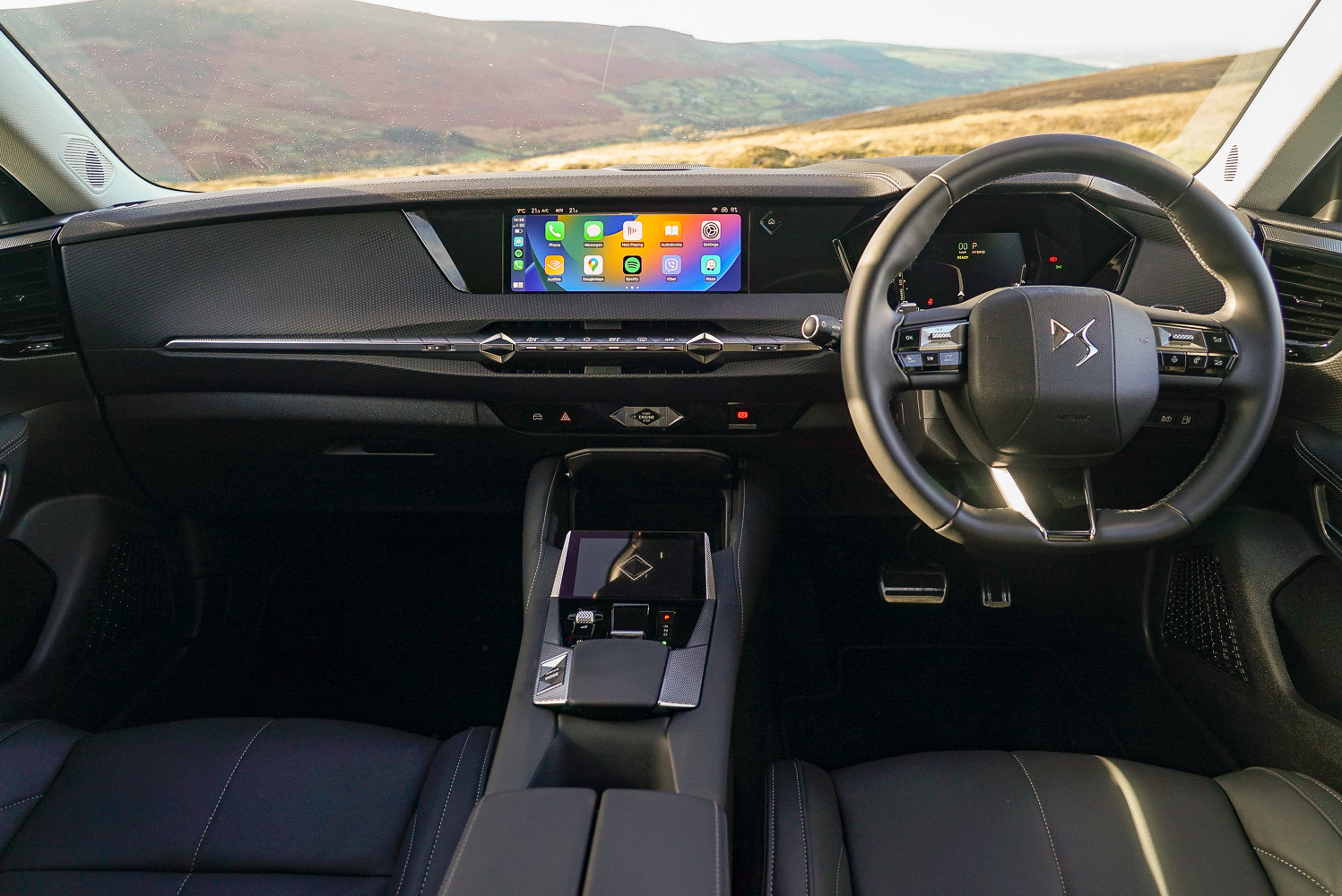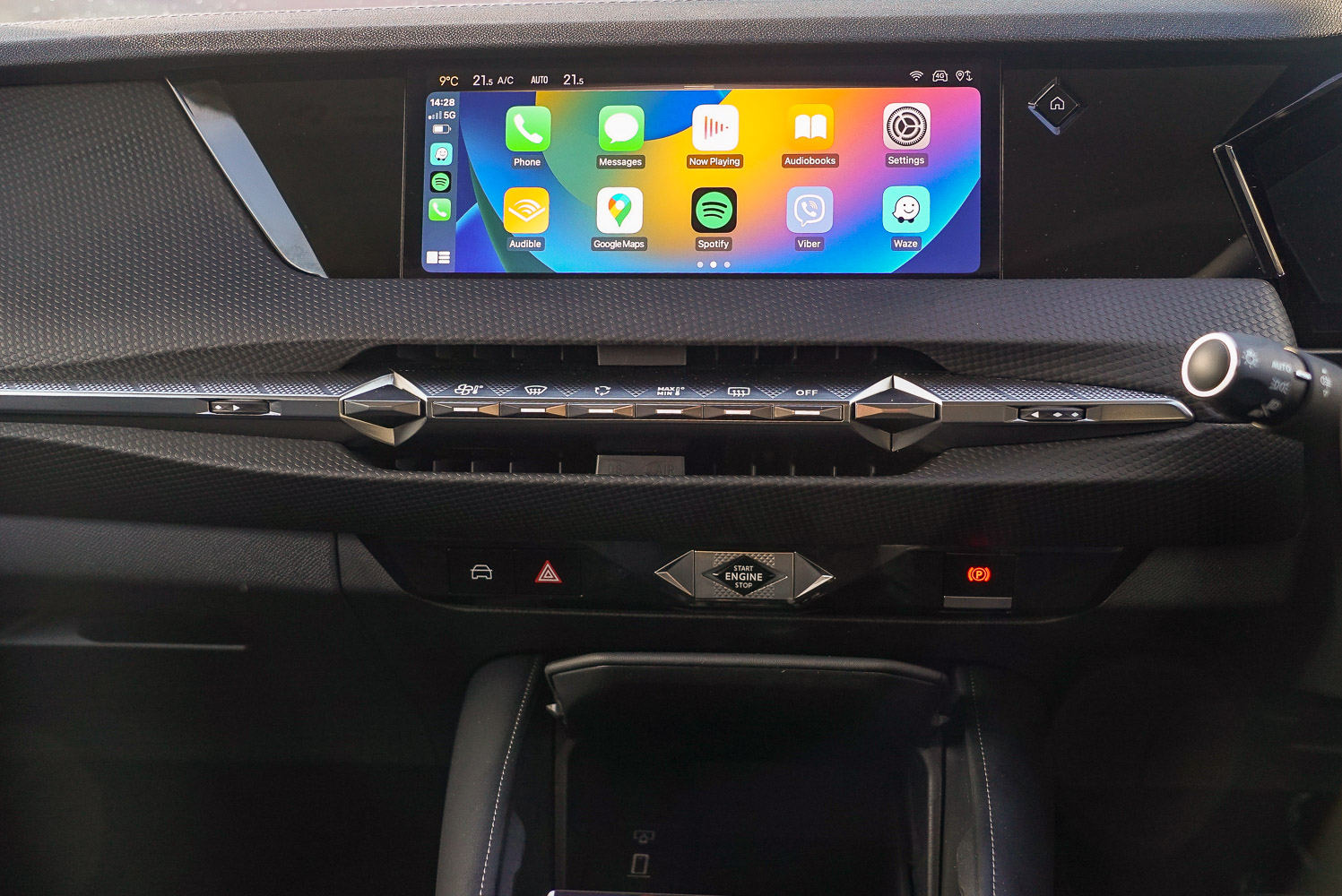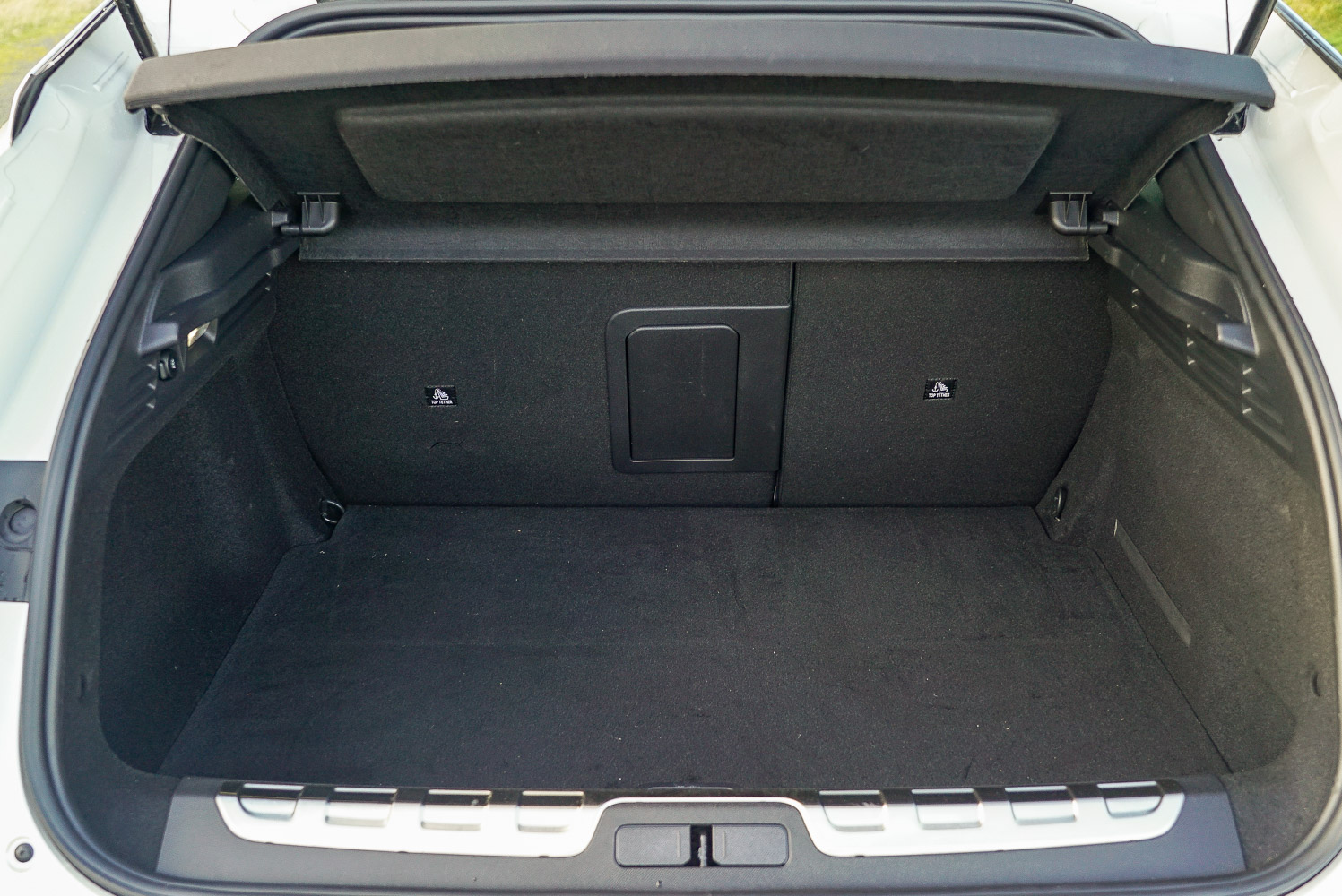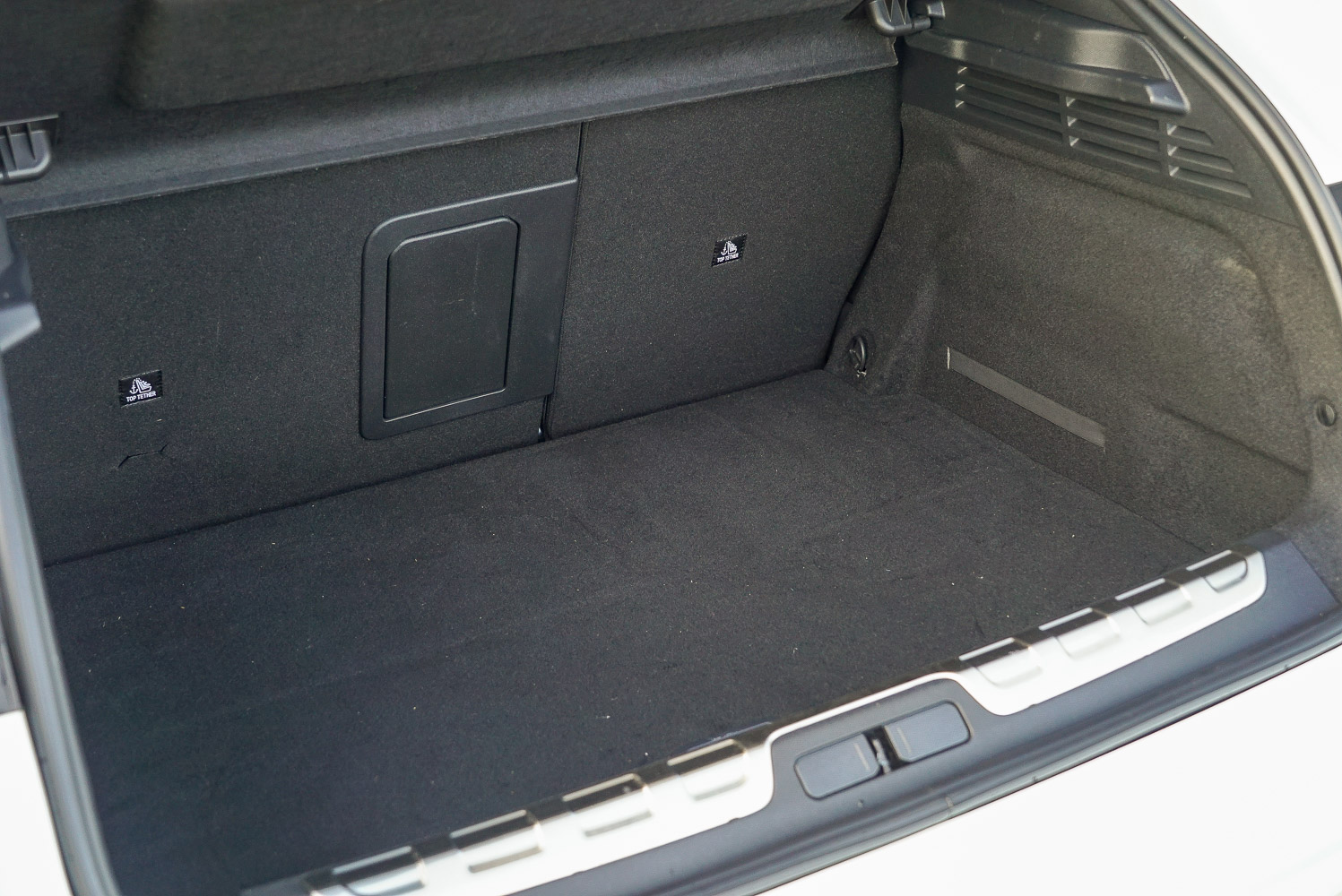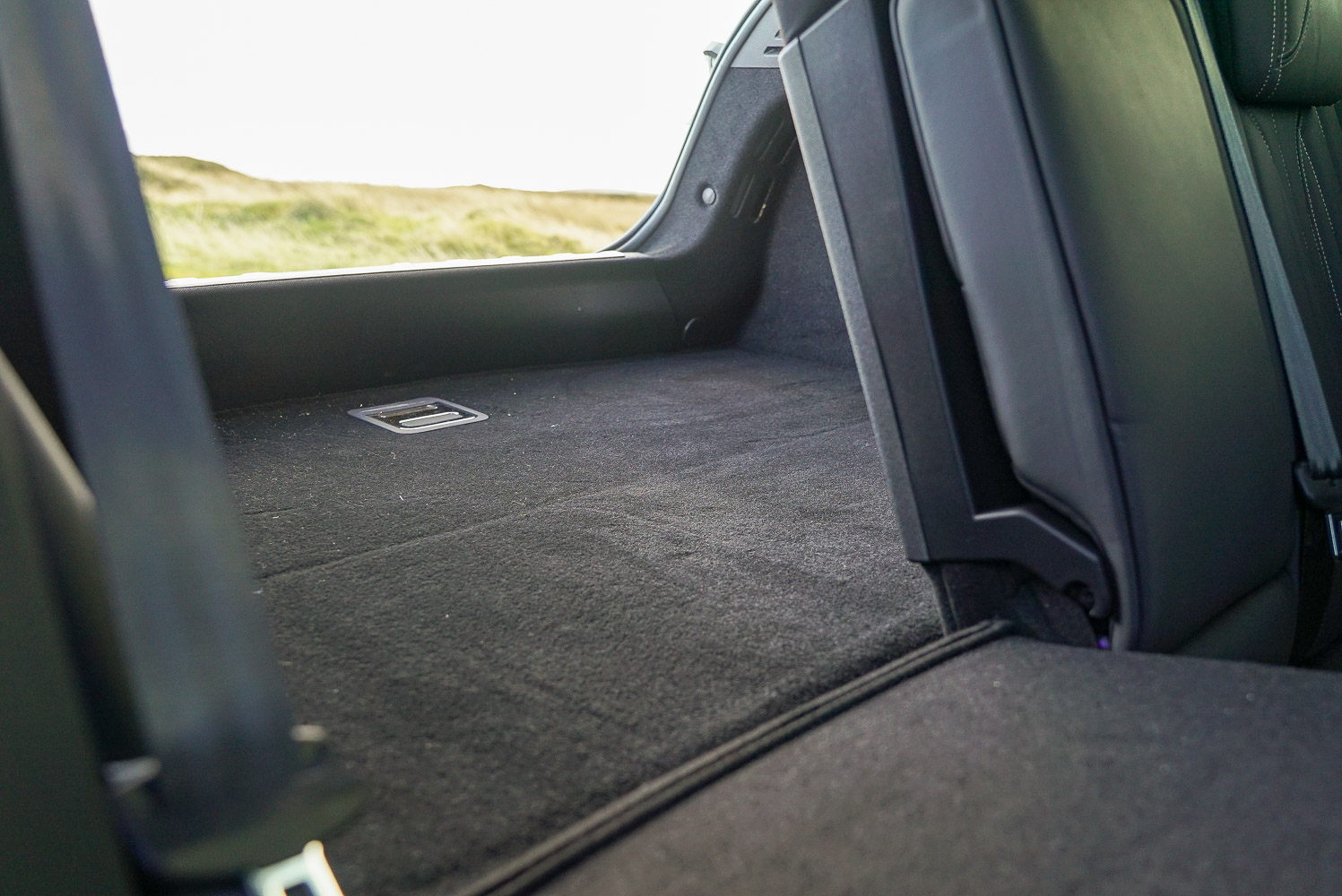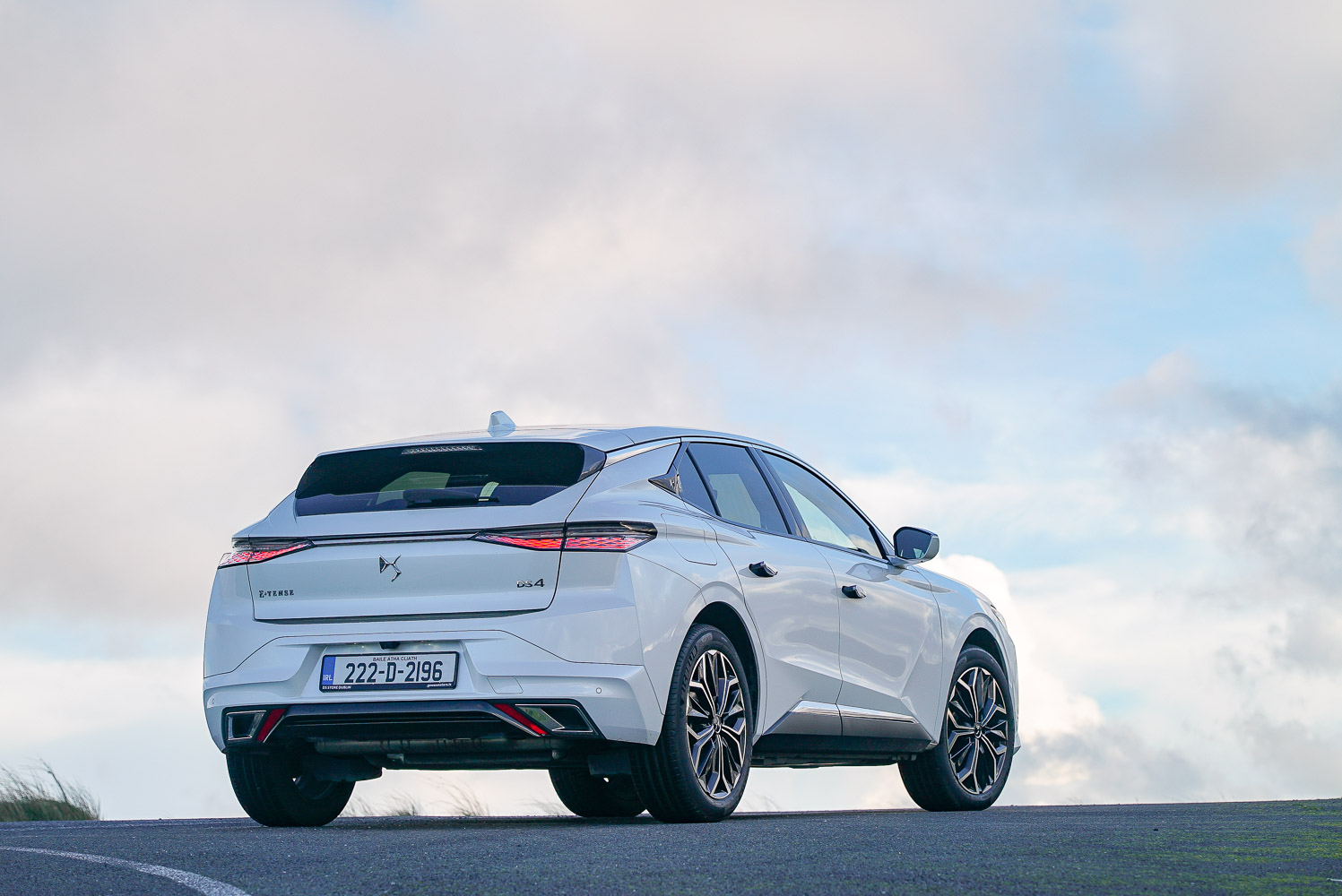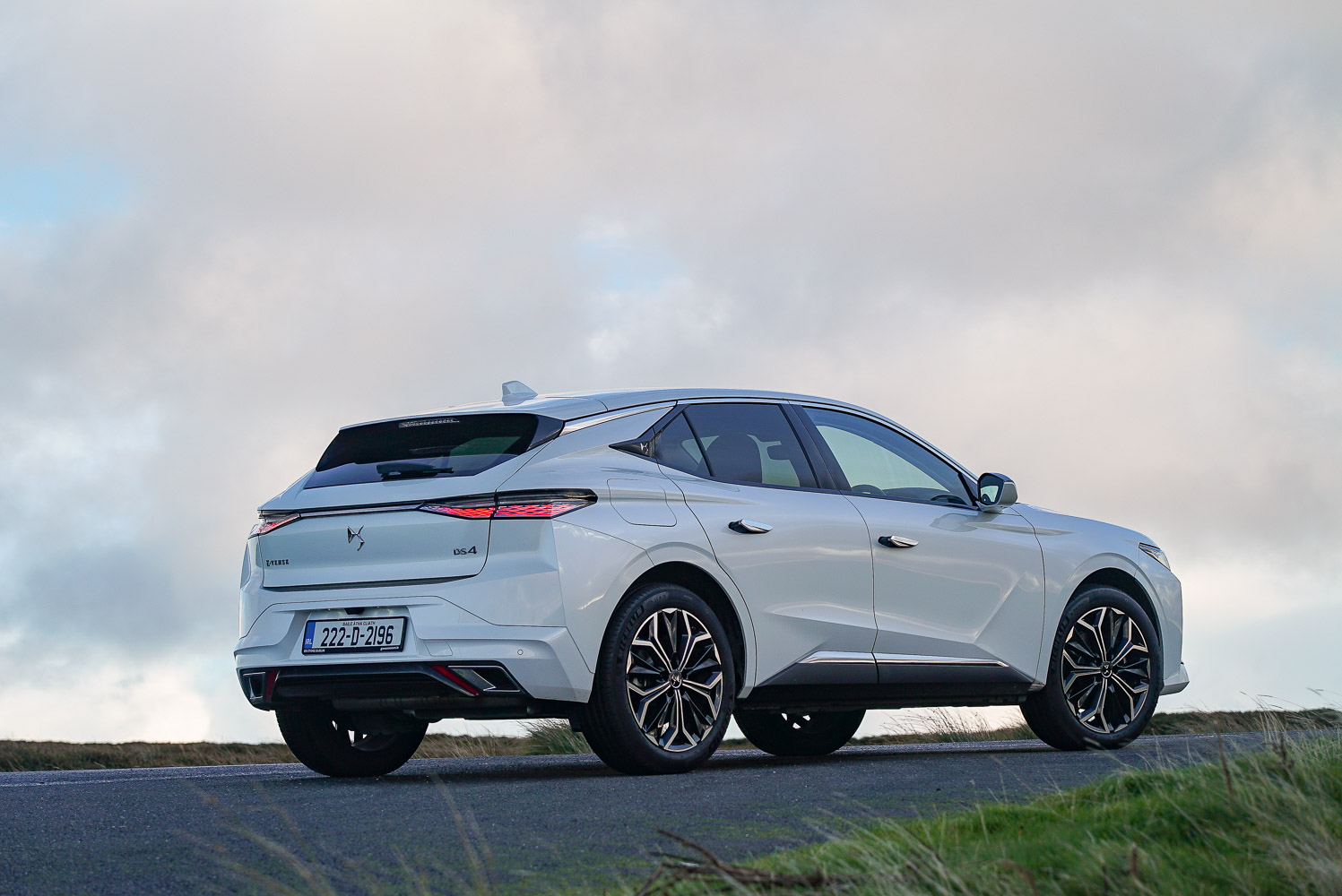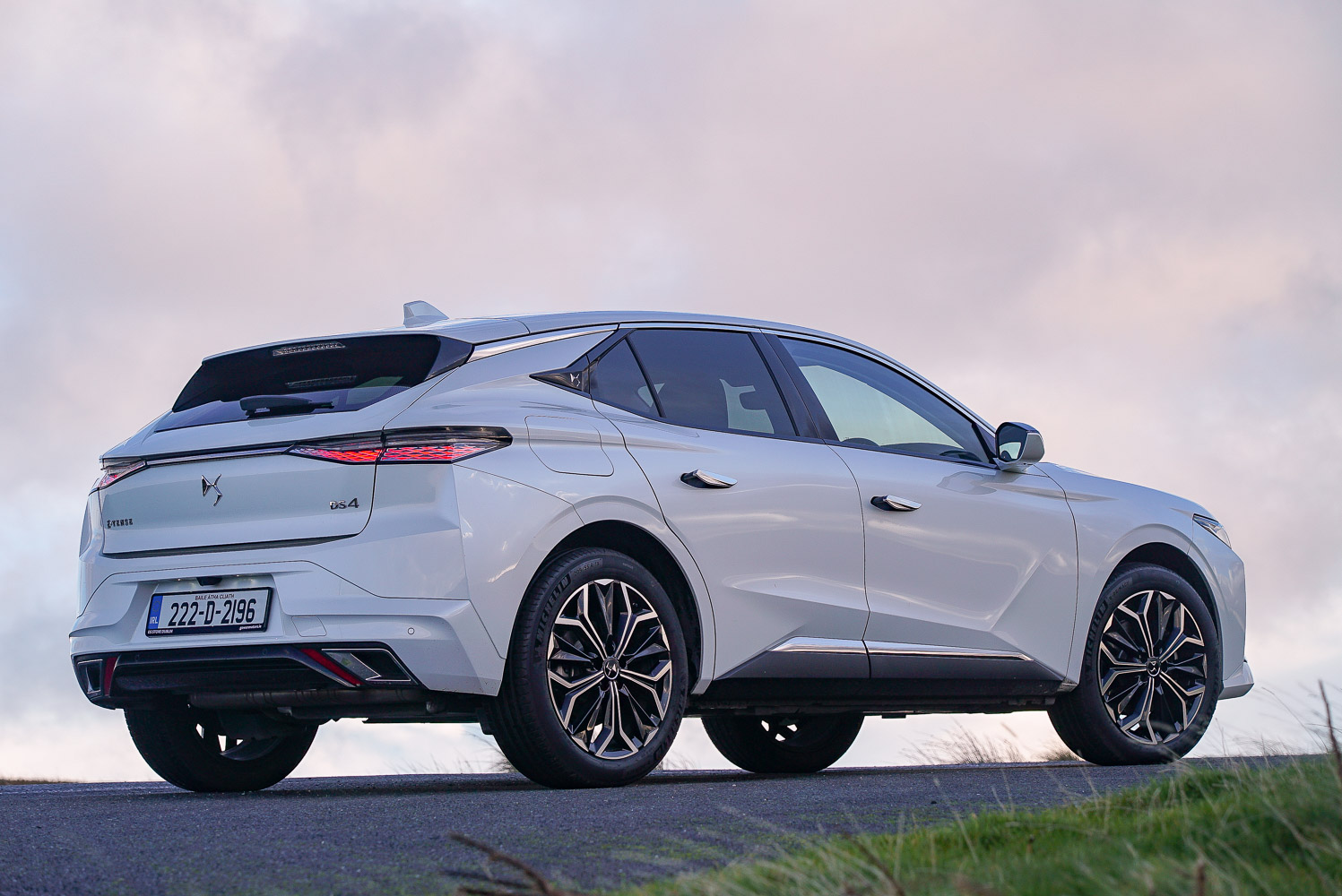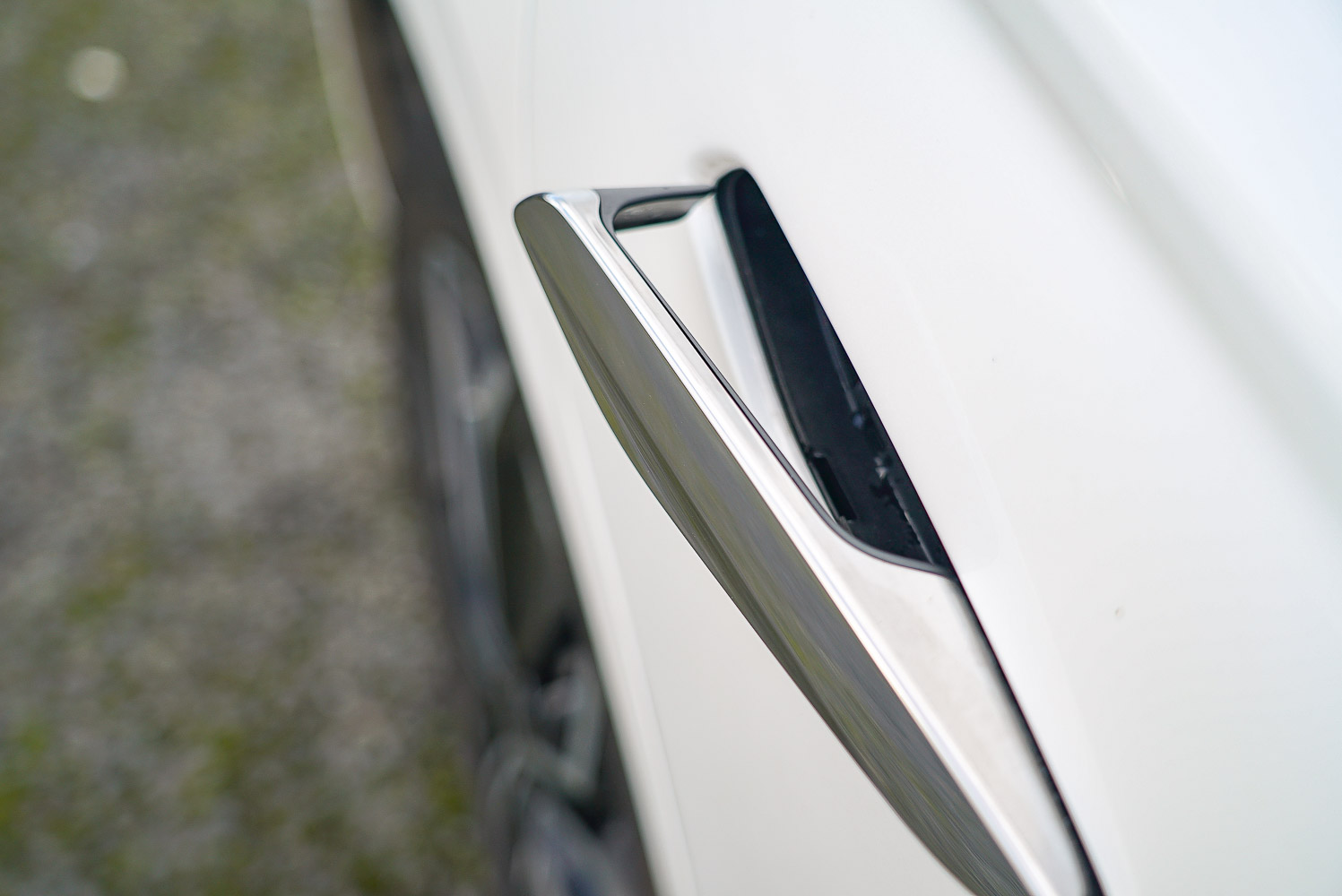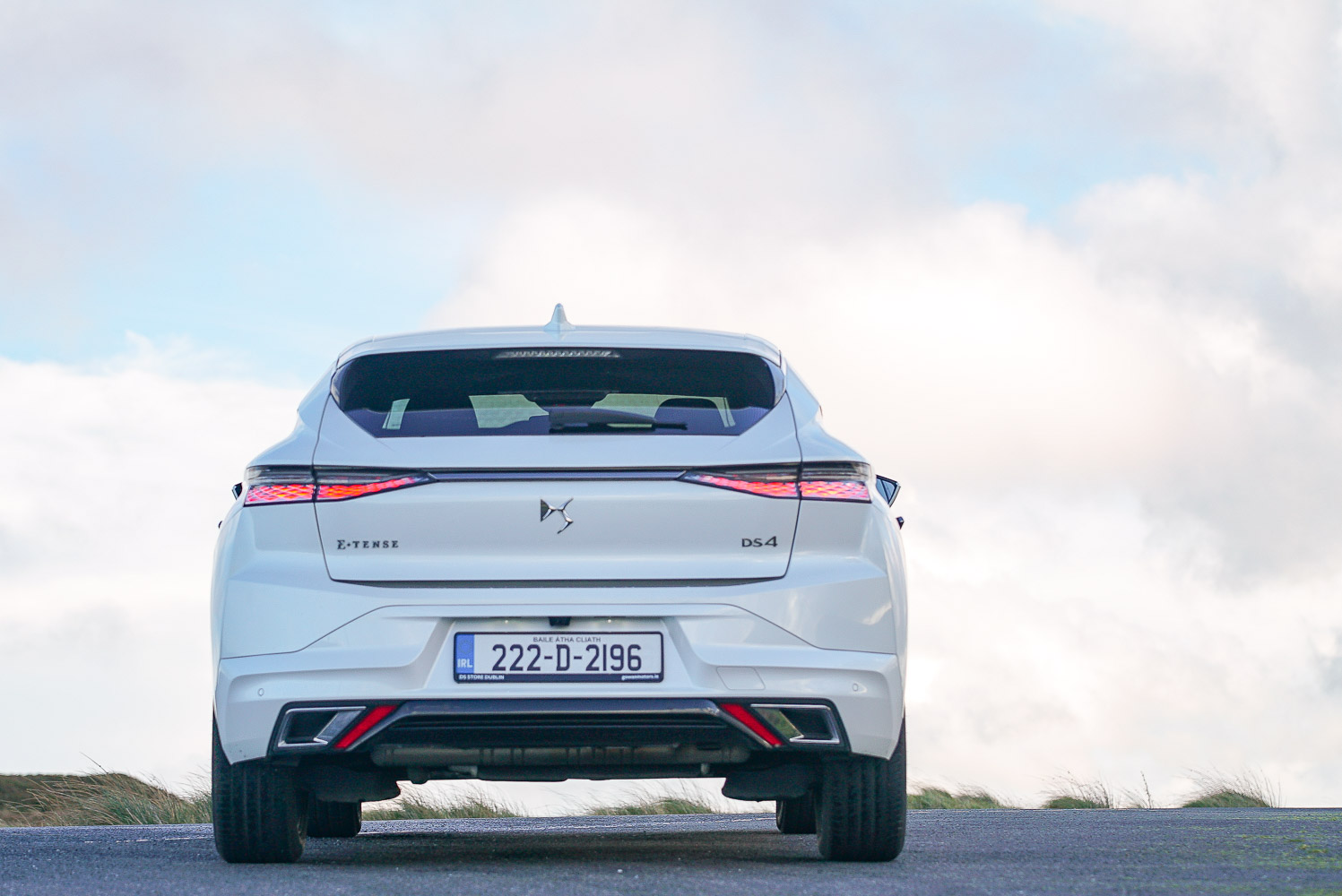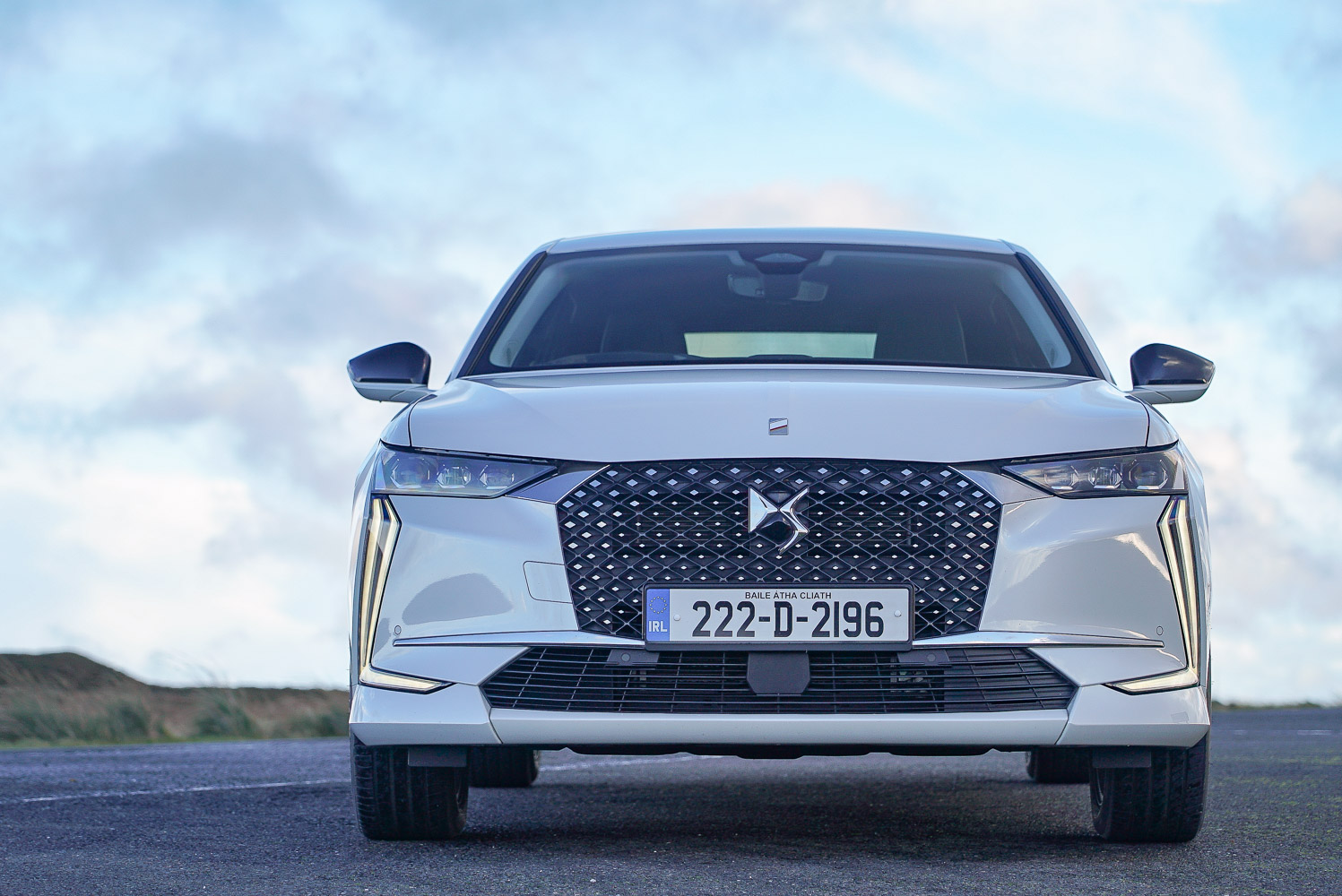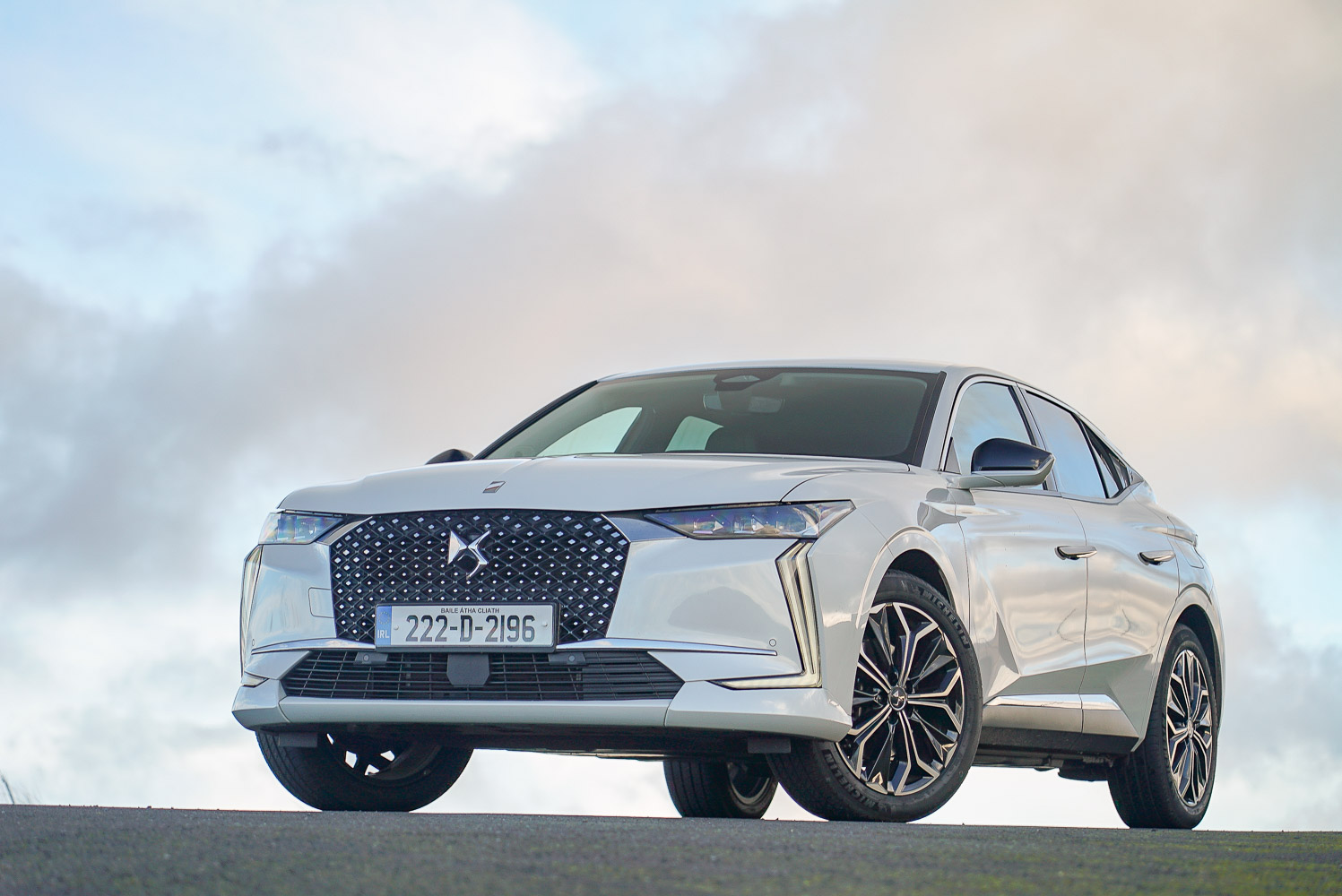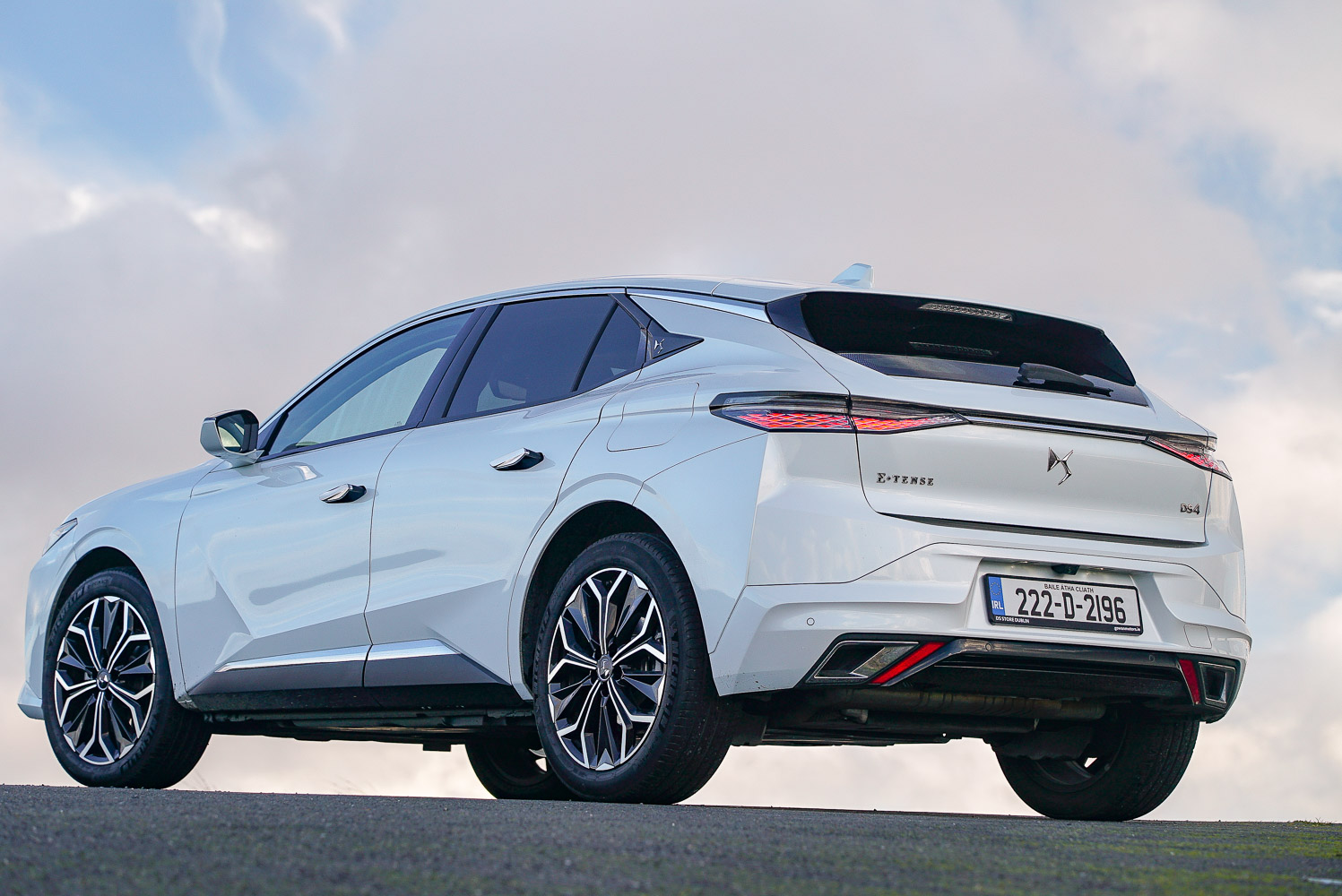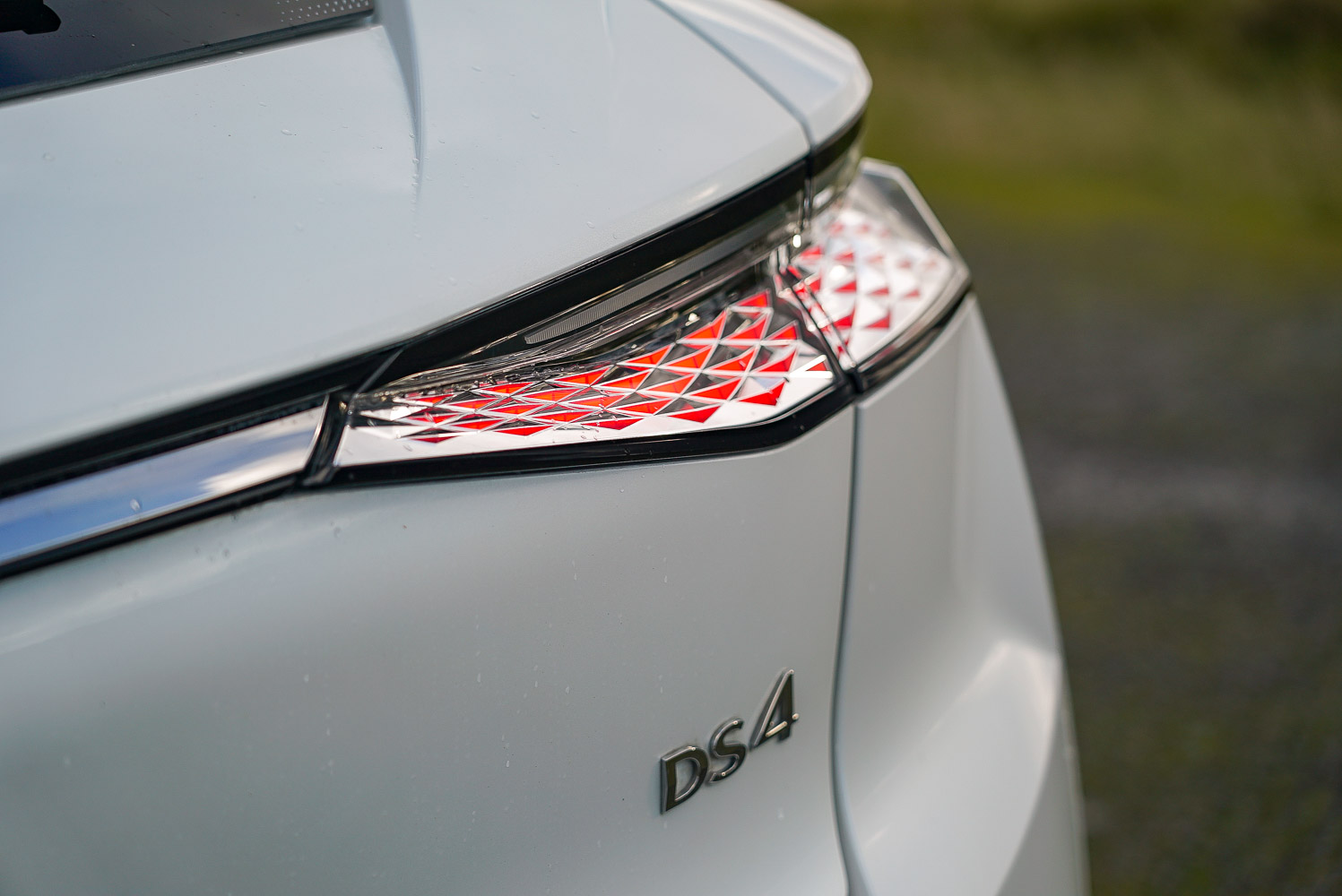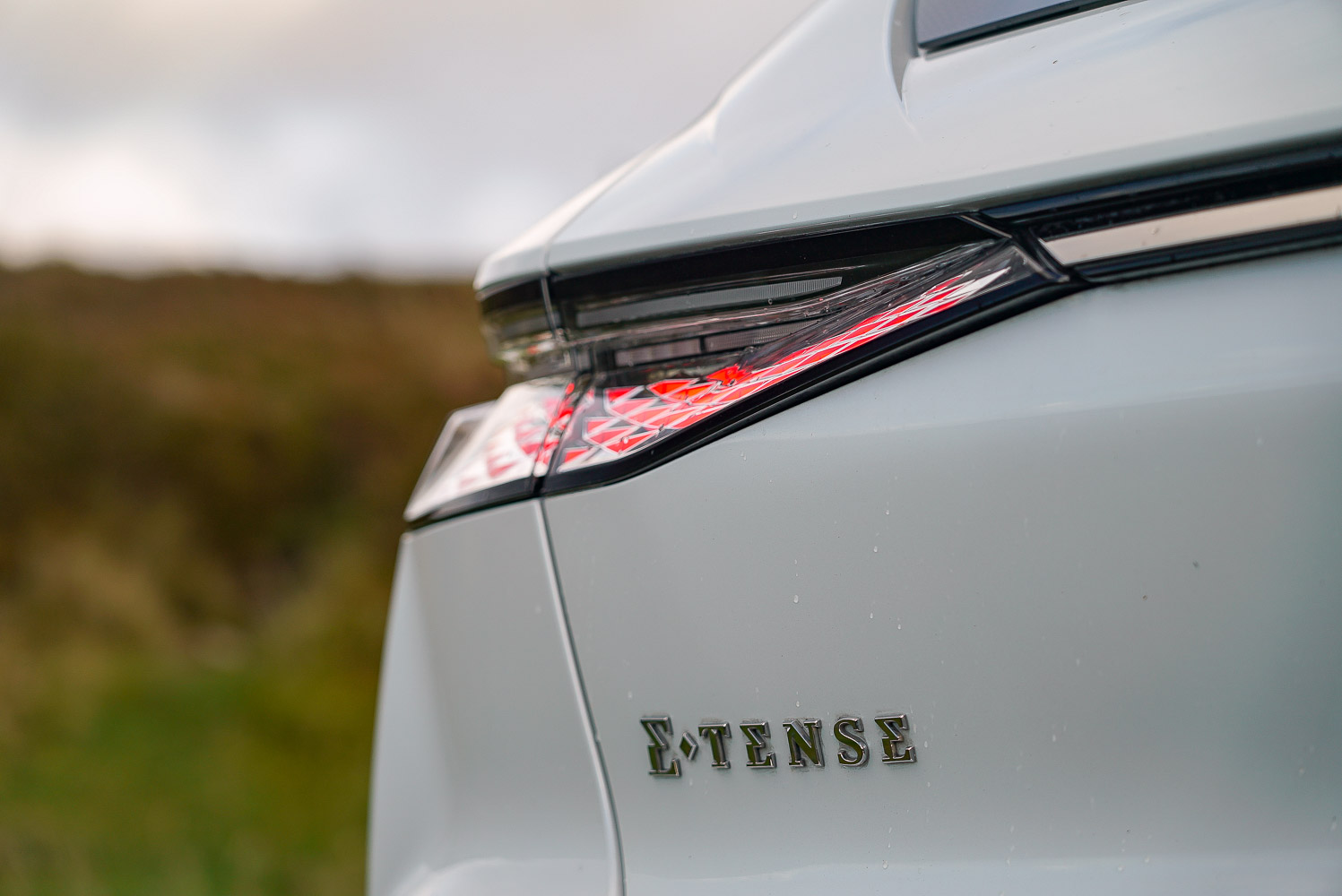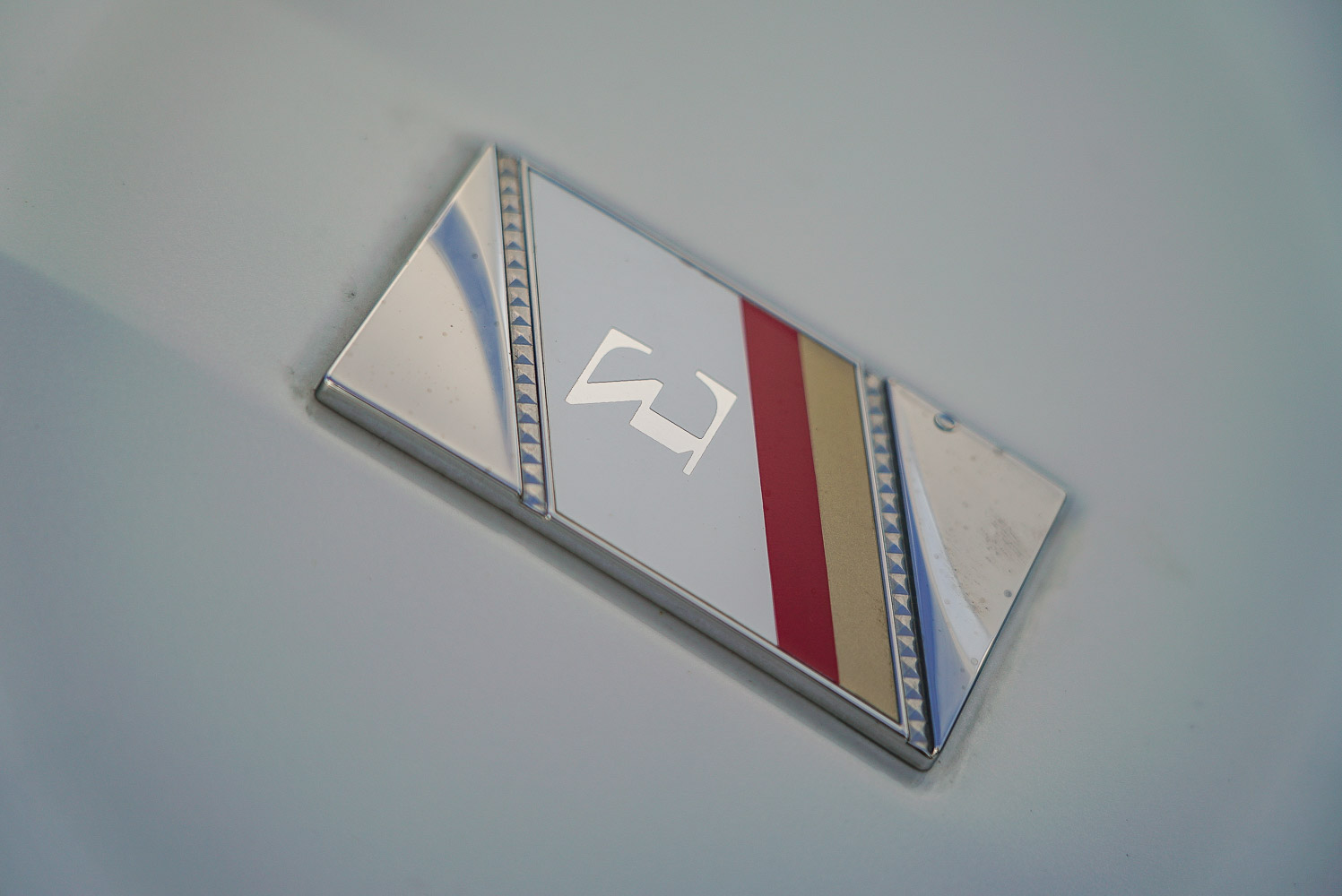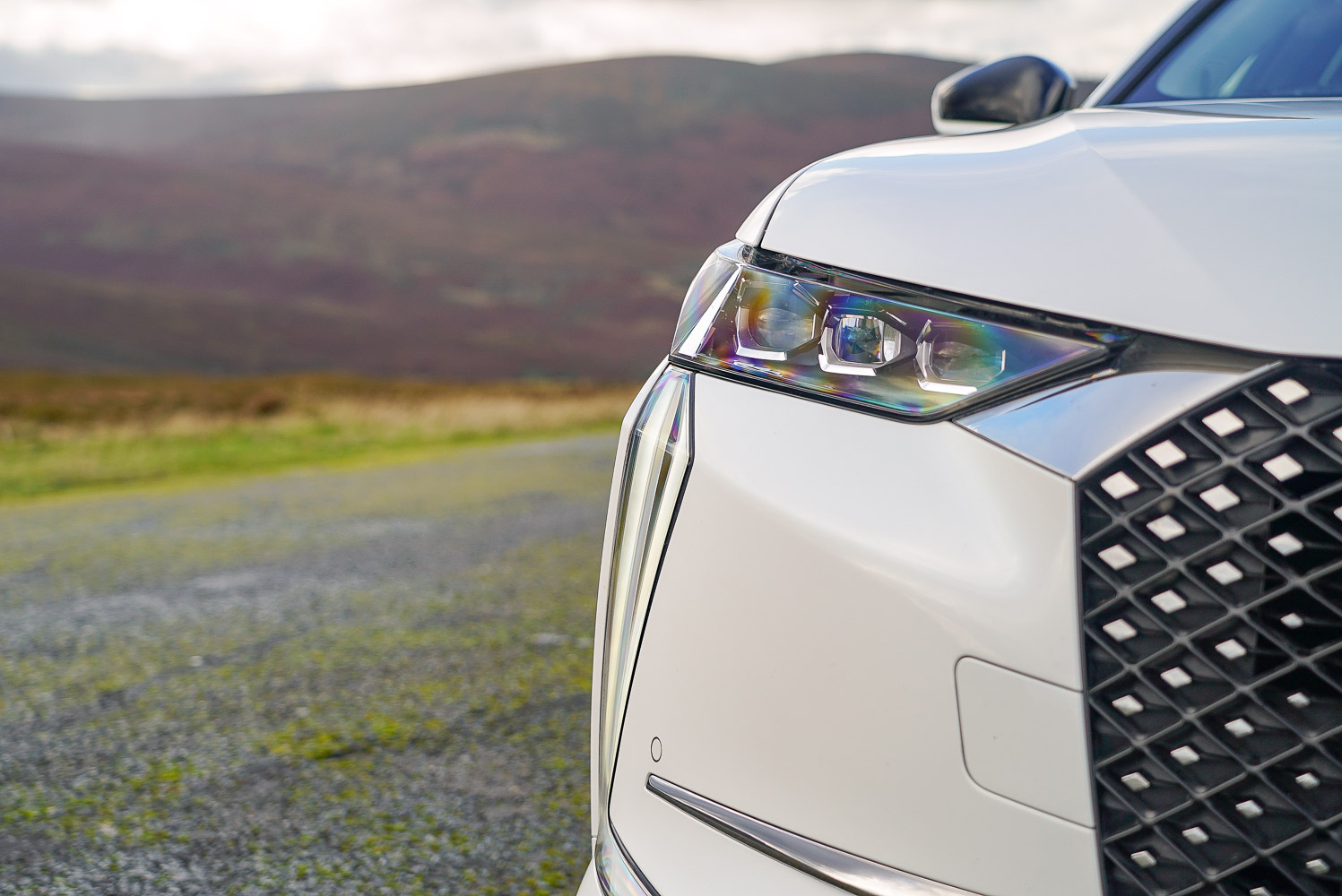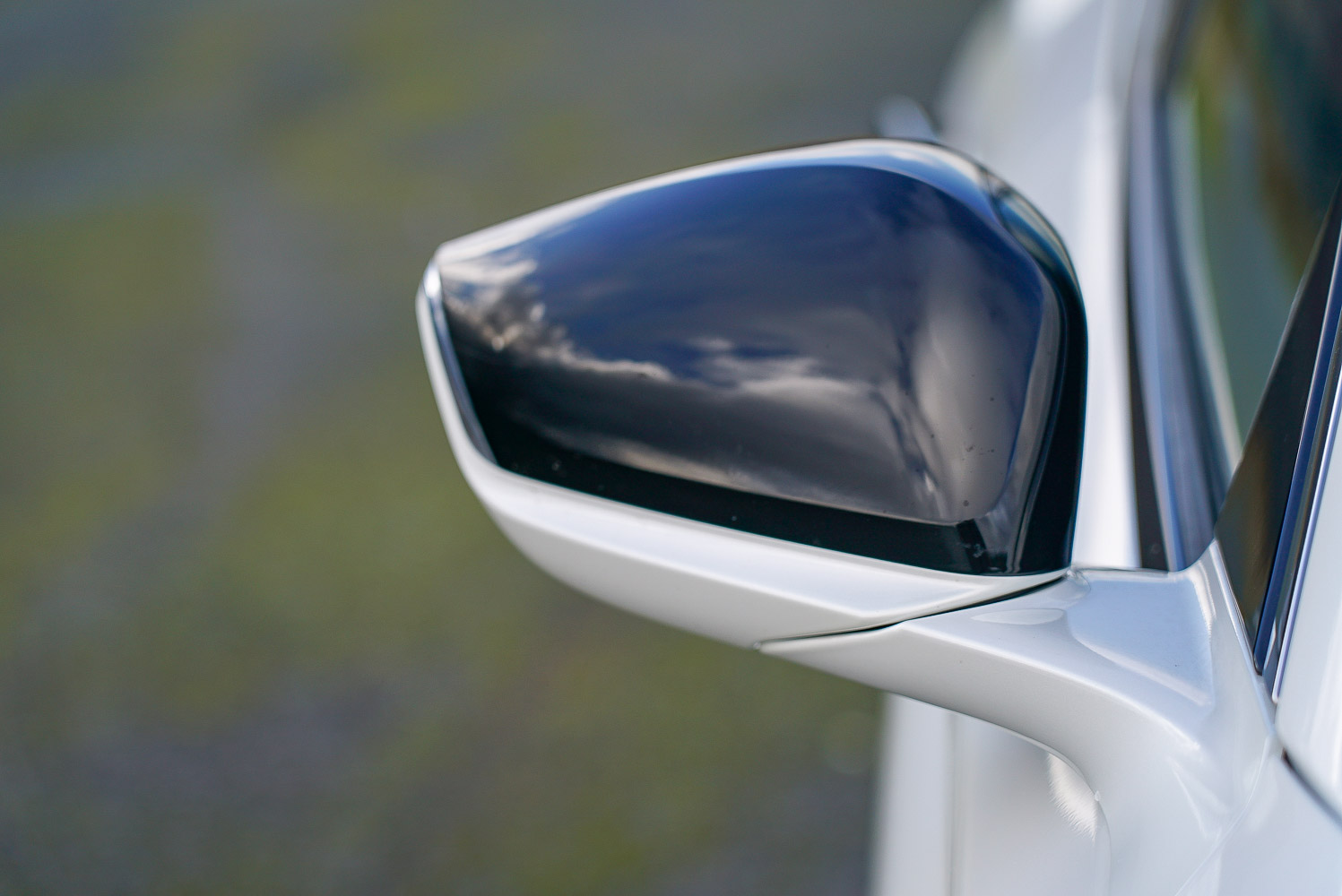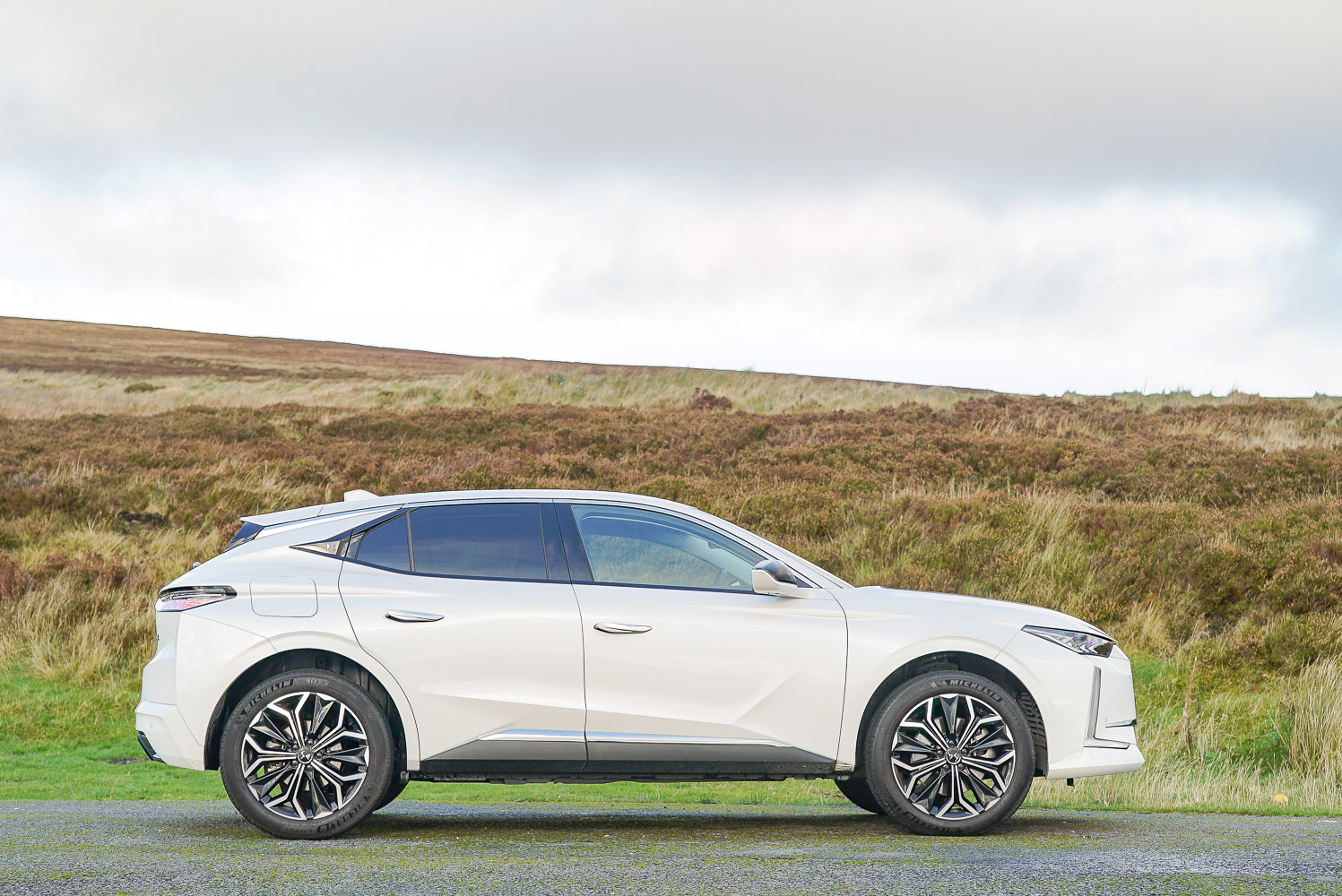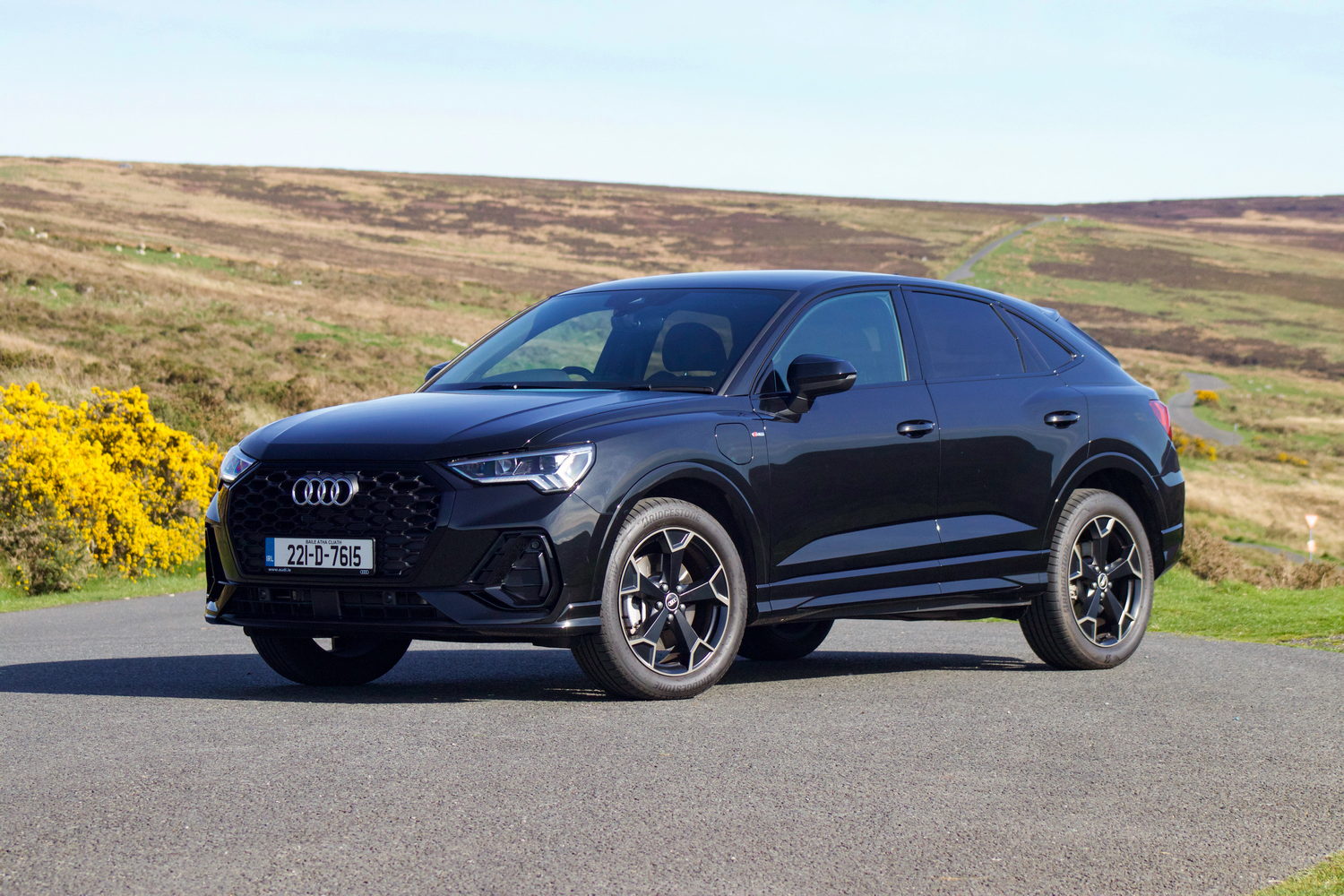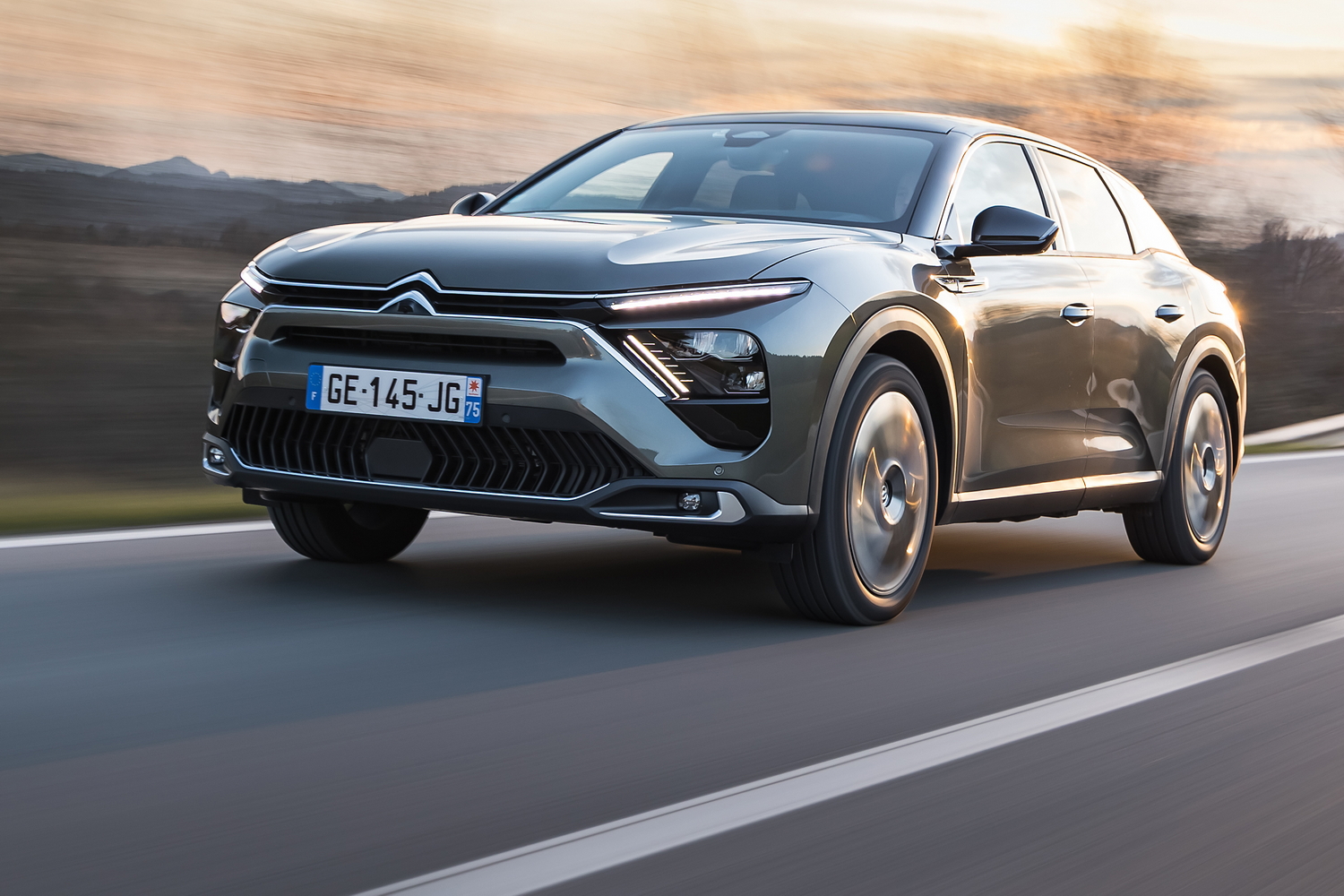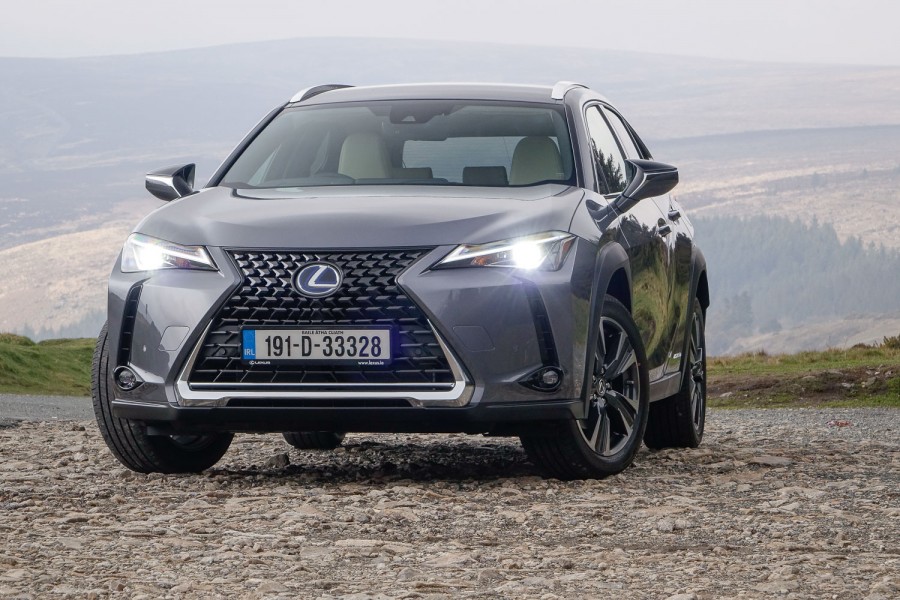DS 4 E-Tense overview
What was once a posh badge for a top-end Citroen model has become a standalone brand all by itself amid the vast and sprawling Stellantis Group. DS was born as a Citroen - arguably the greatest Citroen of all time, arguably the greatest car of all time, the 1955 Citroen DS - but now it has to compete with the likes of Audi, BMW, Lexus and Mercedes.
Up until now, DS's model line-up has been at best mixed. The original DS 3 was sparky and fun to drive, but the DS 5 was dreadful, and the original Citroen C4-based DS 4 was middling at best. To wipe away those past failures, this DS 4 is truly a standalone model, based on the same 'EMP2' architecture that underpins the likes of Peugeot's 508 and the new Citroen C5 X. The DS 4 a sleek and handsome crossover-hatchback that straddles the line between a low-slung luxury car and something bigger and more practical.
Is it actually any good, though? The French have long been able to 'do' luxury - Hermes, Veuve Clicquot, Mont Blanc to name but three - but doing luxury cars has been a tougher task. Does the DS 4 do enough to convince?
The DS 4 model range
The DS 4's line-up is divided into four trims: Bastille +, Performance Line, Trocadero and Rivoli.
Prices for the Bastille + trim start at €36,295 for the 1.2-litre, three-cylinder petrol version, the only engine choice for this base level. Standard equipment includes 17-inch alloy wheels, flush-fitting door handles that pop out as you approach the car, a seven-inch digital instrument panel, a ten-inch central touchscreen, a leather-wrapped steering wheel, front and rear centre armrests, keyless ignition, LED headlights and reversing sensors.
Performance Line models start from €41,495 for the 1.2 petrol, €42,395 for the 1.5 diesel and €49,100 for the 1.6 plug-in hybrid. There's also a Performance Line + version of the plug-in hybrid, priced at €52,540.
Performance Line models come with Alcantara upholstery, 19-inch alloy wheels, gloss black exterior trim, tinted rear windows, perforated leather trim for the steering wheel, front parking sensors, rear parking camera and rear passenger air vents. The Performance Line + model gets scrolling rear indicators, rear cross traffic alert and extended traffic sign recognition.
Next up is Trocadero, and you can buy a 1.2 petrol in this spec for €44,140, a 1.5 diesel for €44,835 or a 1.6 plug-in hybrid for €51,500. Trocadero models get diamond-stitched upholstery, 19-inch alloy wheels, chrome trim for the grille, the DS Iris system that includes connected navigation and voice recognition, the Smart Touch extra touchscreen down by the gear selector, a head-up display, keyless entry, adaptive cruise control and a more advanced emergency braking setup.
Finally, there's Rivoli. You'll pay €53,440 for a Rivoli model with the 180hp 1.6-litre turbocharged petrol engine, or €56,640 for the 225hp version of the same engine. There's also the 225hp 1.6 plug-in hybrid for €54,650. Rivoli models come with black leather upholstery, 19-inch alloy wheels, DS Drive Assist (which is Level 2 assisted driving including lane keeping and active cruise control, as well as a traffic jam assistant), the DS Clean Cabin air filtering system and laminated and acoustically glazed front and rear windows.
The DS 4's CO2 emissions run from a low of 30g/km for the plug-in hybrid E-Tense models, through 126g/km for the 1.5 diesel, 137g/km for the 1.2 petrol and 147-148g/km for the turbocharged 1.6-litre petrol models.
The DS 4 interior
If there is one area where the DS 4 unequivocally matches, even bests, its German opposition it is in the cabin. The design, layout and sense of quality are all top-notch. Not flawless, by any means, but certainly very good indeed.
It starts with front seats that are enormously comfortable, feeling almost like armchairs. Seriously, other car makers - including those with German postcodes - could learn a lot from DS in how to make a front seat both comfortable and supportive for a long journey.
The rest of the cabin looks and feels pretty much unique to DS. True, you will find some common switches and bits and pieces taken from other Citroen and Peugeot models, but for the most part the design and layout is purely DS, not least the diamond-faceted buttons. These are strewn along the centre console and up the spine-like door pulls, and while they look terrific, the actual layout can be a touch confusing at times. You often have to take a glance to make sure you're pressing the actual right button. An owner will soon get used to them no doubt.
Equally, the ten-inch touchscreen in the centre is slightly mixed. Its graphics - again, unique to DS models - are sharp and clear, but the menu layout can occasionally be baffling as you try to remember in exactly which menu a particular function sits. The little additional screen down by the gear selector, on the centre console, should help here, but doesn't.
You'll think it's a track pad, which would be useful given that the main screen is a bit of a stretch away if you like to sit low in the car, but it's not - all it does is call up a shortcut menu on the big screen, which is limited in what it allows you to access.
One thing that is definitely useful is the head-up display, which projects directly onto the windscreen and which is detailed and clear enough that it renders the seven-inch instrument screen redundant.
Down on the centre console, just behind the little extra touchscreen, there's a cluster of buttons and switches that allows you to select a gear, select B for extra regenerative braking to charge the battery and adjust the driving mode and the stereo volume. These all look and feel great, especially surrounded as they are by lots of neatly stitched Alcantara.
In front of those and the small screen there's a lidded storage area in which you'll find a pair of cupholders, a 12-volt socket and - depending on the spec - a wireless phone charger and a pair of USB-C sockets. Up above that, there is a large spine running the width of the dashboard, into which the centre air vents have been cunningly hidden giving the dashboard a very clean appearance. There's more air vent trickery out at the edges, where the side vents have been incorporated into the doors and topped with a gorgeous marquetry-like trim.
The steering wheel is recognisably shared with Citroen models, but it's beautifully upholstered and the knurled metal finish of its multi-function buttons will distract you from any thoughts of cheaper French hatchbacks.
In terms of storage, there's useful space under the front centre armrest, and decent door bins too. The glovebox is a little small, though and those cupholders are somewhat shallow.
Space in the back seats is OK, but nothing special to be honest. It's about average for the class - slightly roomier than the BMW 1 Series or Mercedes A-Class, but slightly less so than the Audi A3. The seats themselves are comfy, and depending on the spec your rear-seat passengers get their own air vents and another pair of USB-C sockets. It is a touch dark back there though, thanks to the fast-rising window-line and exacerbated by the dark interior trim. Going for a lighter leather or cloth option would definitely help. You can have a sunroof, but not a panoramic glass roof.
The only disappointment, specific to the plug-in hybrid model, is the boot. At 390 litres it's only 10 litres up on a basic VW Golf hatch, and 40 litres down on the standard, non-hybrid versions of the DS 4. It's what you might call tolerable boot space - certainly not generous, but you might just be able to live with it.
The DS 4 E-Tense driving experience
In general, the DS 4's hybrid powertrain is a pretty decent system, making good use of the long-serving 1.6-litre 'THP' turbocharged petrol engine and offering a solid electric range on a full charge. In theory, a full charge of the 12.4kWh (gross capacity) battery will give you a maximum range of 62km. It'll get close to that in ideal conditions, but throw in cold weather, or motorway mileage, and it sinks closer to 40km. I'd say 50km is a happy medium if you're doing mixed mileage, and that's enough for many people's commutes and daily driving.
What's less good is the transition between petrol and electric power and back again. It's just not smooth enough, which is a shame.
It's also, as is common to almost all plug-in hybrid cars, thirstier on longer journeys. You can save battery power for emissions-free urban mileage at the end of your journey, which helps, but driving long haul in hybrid mode results in average fuel consumption of around 6.5 litres per 100km. That's not terrible, but with a small 40-litre fuel tank it does limit your driving range. There will be a fully-electric version of the DS 4 in due course, and given how smooth and pleasant a car it is to drive when running on the battery, we'd suspect that EV power and the DS 4 will make for a very good combination.
Our Performance Line + test car came with DS's road-scanning ride comfort setup. A camera mounted in the windscreen scans the road ahead, and warns the adaptive shock absorbers of any lumps and bumps that are coming up. In theory, the suspension can then stiffen or relax in readiness for what's about to happen.
It works well on the open road, and the DS 4 feels pleasantly soft and springy on main roads and motorways. It's less successful around town though, where sharp urban bumps fox the suspension's forward scanning abilities. The 4 also feels a little too remote and distant from what's happening at the front wheels. It's actually quite an accomplished car to drive, but there's very little in the way of feedback. This is actually not so much a problem on main roads and even back roads as the DS 4 is well-enough set up that you easily fall into a pleasantly relaxed rhythm.
Overall, the DS 4 is a very easy-going car to drive, albeit one that could still do with a final polish to its urban ride quality. It's exceptionally comfortable, as you'd expect and want from a luxurious French car, and feels sure-footed and planted on twisty roads.
Our verdict on the DS 4 E-Tense
DS will probably struggle for some time yet to make its voice heard in the German-dominated luxury car segment, but the DS 4 shows that the French company is on the right track. It is a very accomplished car all-round, majoring on refinement and comfort and with levels of cabin quality that are easily the equal of its major competitors. More space wouldn't go amiss, and the plug-in hybrid setup isn't as good as that of some others, but this is a sharp competitor for Audi, BMW and Mercedes.
What do the rest of the team think?
The DS4 isn't a car to buy for practical reasons, but there's a lot to like about it. I reckon it looks sensational for a start, and the unique style of the cabin backs up its dramatic exterior design. It's really really quiet on the motorway as well thanks to the double-glazed side glass, even if the engine is running. And, while it's hardly an engaging driver's car, it counters with a chassis that manages to soak up poor road surfaces on the open road while maintaining good progress. The hybrid grabs all the headlines, but it's better value further down the range - and we can't wait to try the all-electric one.
Shane O' Donoghue - Editor

